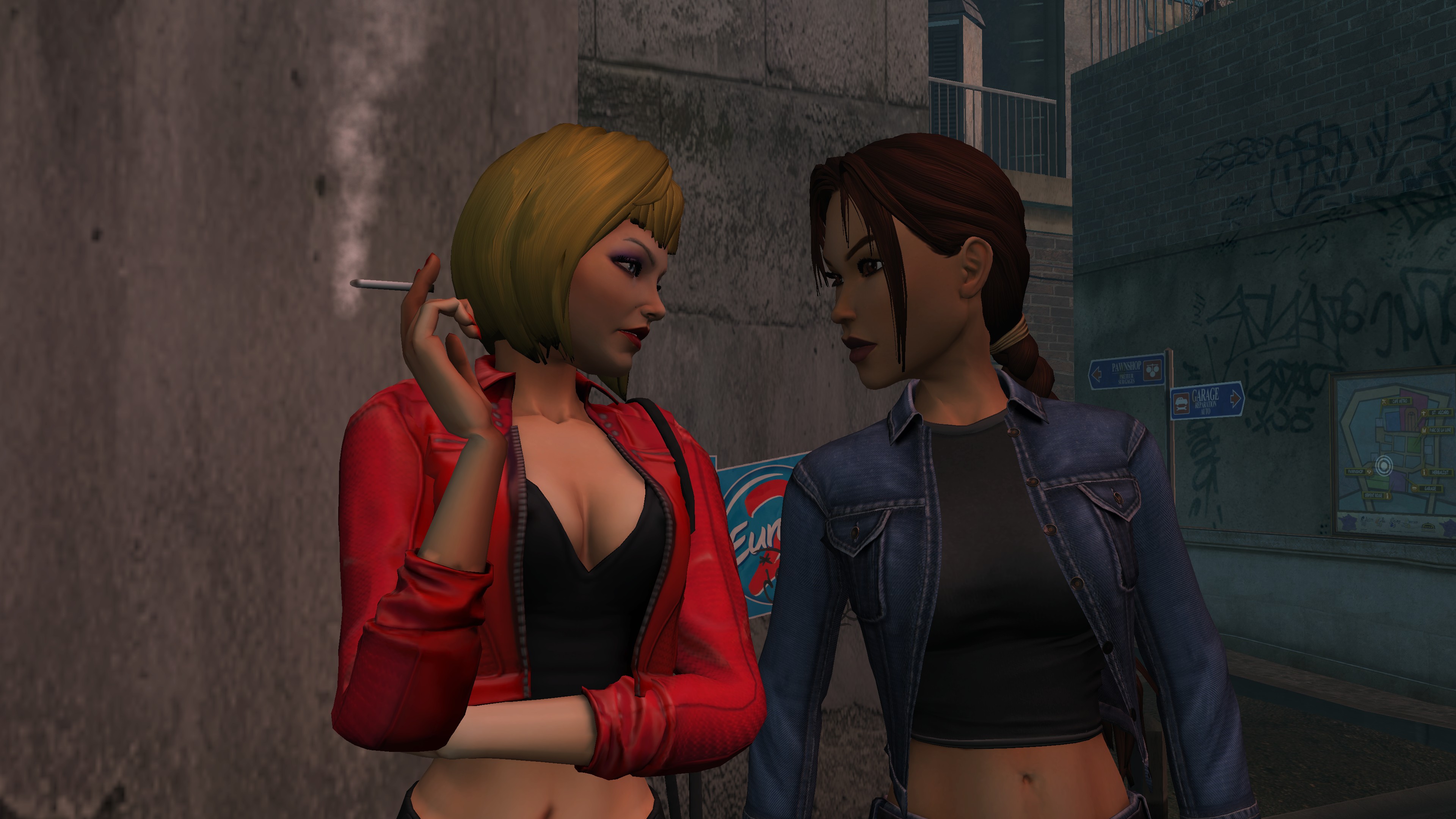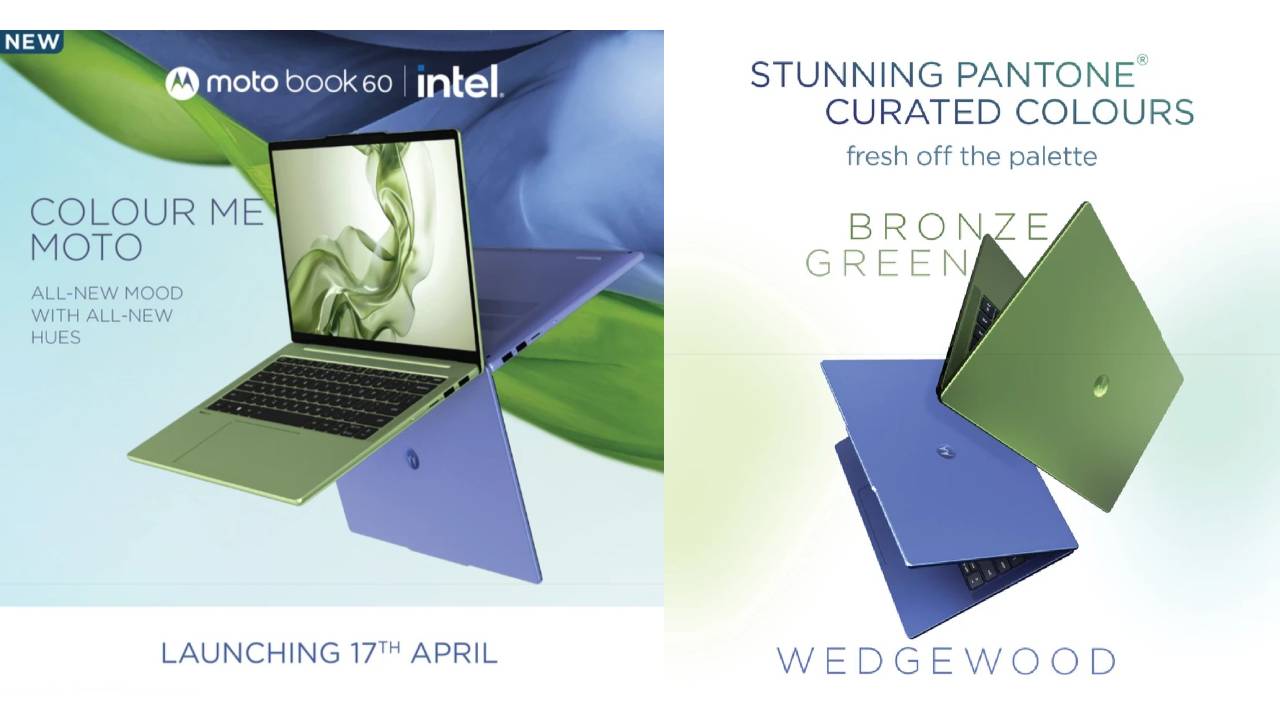Windows Central Verdict
Tomb Raider AoD Remastered is the best attempt I’ve seen yet at fixing this (famously) unfinished PS2 classic. However, it’s not perfect. Updated map and object textures could do with some additional love in some places, and there are still bugs that need to be addressed. It does an excellent job at restoring cut content where possible, and fixes issues like player movement and story continuity which really do enhance the quality of this classic Tomb Raider game.
Pros
- +
Modern character models are great
- +
New features are welcome
- +
Cut content restored
- +
Modern controls really help
Cons
- -
Updated textures are a mixed bag
- -
Plenty of bugs from the original still persist
- -
Significant lack of detail in updated visuals
Why you can trust Windows Central
Tomb Raider: Angel of Darkness (AoD) is infamous for being the instalment that almost killed the franchise. It was an ambitious attempt at bringing Lara Croft into the next-generation – that being the PS2 – and promised to deliver groundbreaking new gameplay mechanics, a branching storyline, updated graphics, and more open and complex level design.
As a massive Tomb Raider fan, I was hyped for this game. I vividly remember being a kid, watching all the trailers and behind the scenes content on the lead up to its release. Behind closed doors however, the game was in crisis. It simply wasn’t ready and required significantly more time in the oven to finish it.
Sadly, AoD never got that extra time, and was pushed out the door in an incredibly unfinished state. Much of the game was cut at the last minute to salvage a working product, and most of the bits that did ship did so in a very rough state. The game was basically held together with duct tape and prayers, and it showed.
So, when game developer Aspyr announced that it was remastering the rest of the classic Tomb Raider saga, including Angel of Darkness, I was instantly intrigued. The Tomb Raider 1-3 Remaster from last year is an almost perfect example of a remaster, focusing on updated visuals, quality of life improvements, and modern controls for new audiences.
But how do you remaster an unfinished game like Angel of Darkness that was panned for clunky controls, a convoluted storyline, and broken features? I was eager to find out, so when my review copy of Tomb Raider 4-6 Remastered landed in my inbox, I instantly went straight to AoD to see what had (or hadn’t) improved.
Disclaimer
This review was conducted on an Xbox Series X with a review code supplied by Aspyr. The developers did not see the contents of this review before publication.
Visuals and character models
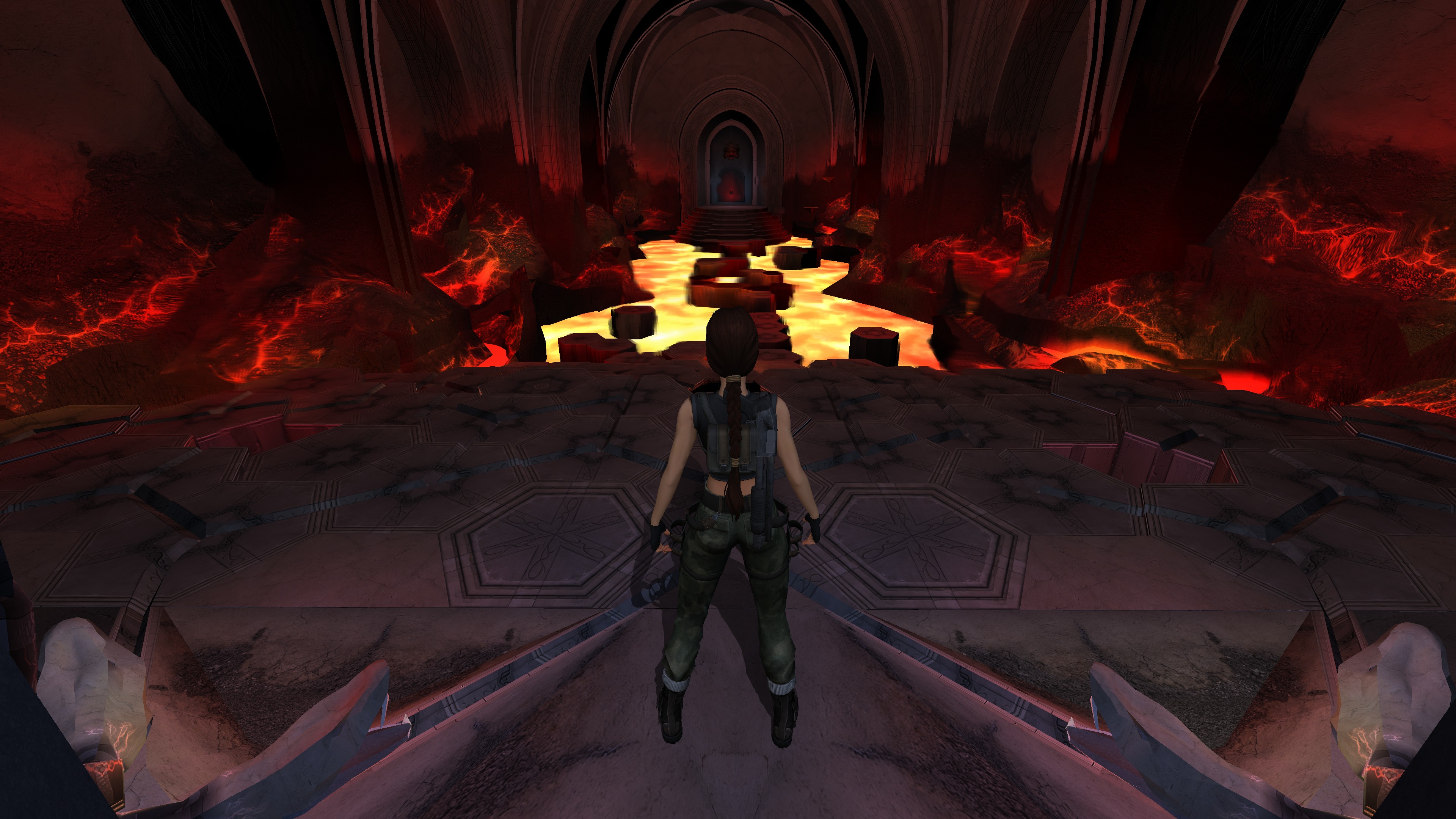
First up, let’s talk visuals. The Tomb Raider 1-5 Remasters do a beautiful job at remastering how those old games look. Everything from lighting effects to character models, to map textures are updated to be more in line with what modern audiences expect, while staying true to the original aesthetics.
With AoD, that hasn't happened in its entirety. We’ll start with the new character models, which look fantastic. Lara’s new model is everything I could want in a modernized version of the character, with an updated polygon count that gives her a more natural appearance, and new clothes textures that provide a more realistic and high-detailed appearance. She now also blinks in cutscenes!
Other characters such as Kurtis, Eckhardt, Carvier, Bouchard, Janice, and more all look excellent as well. However, oddly, not all characters you interact with have been updated. Some of the less important characters haven’t been touched, including Marten Gunderson, the City guide, and a number of enemies including Boaz.
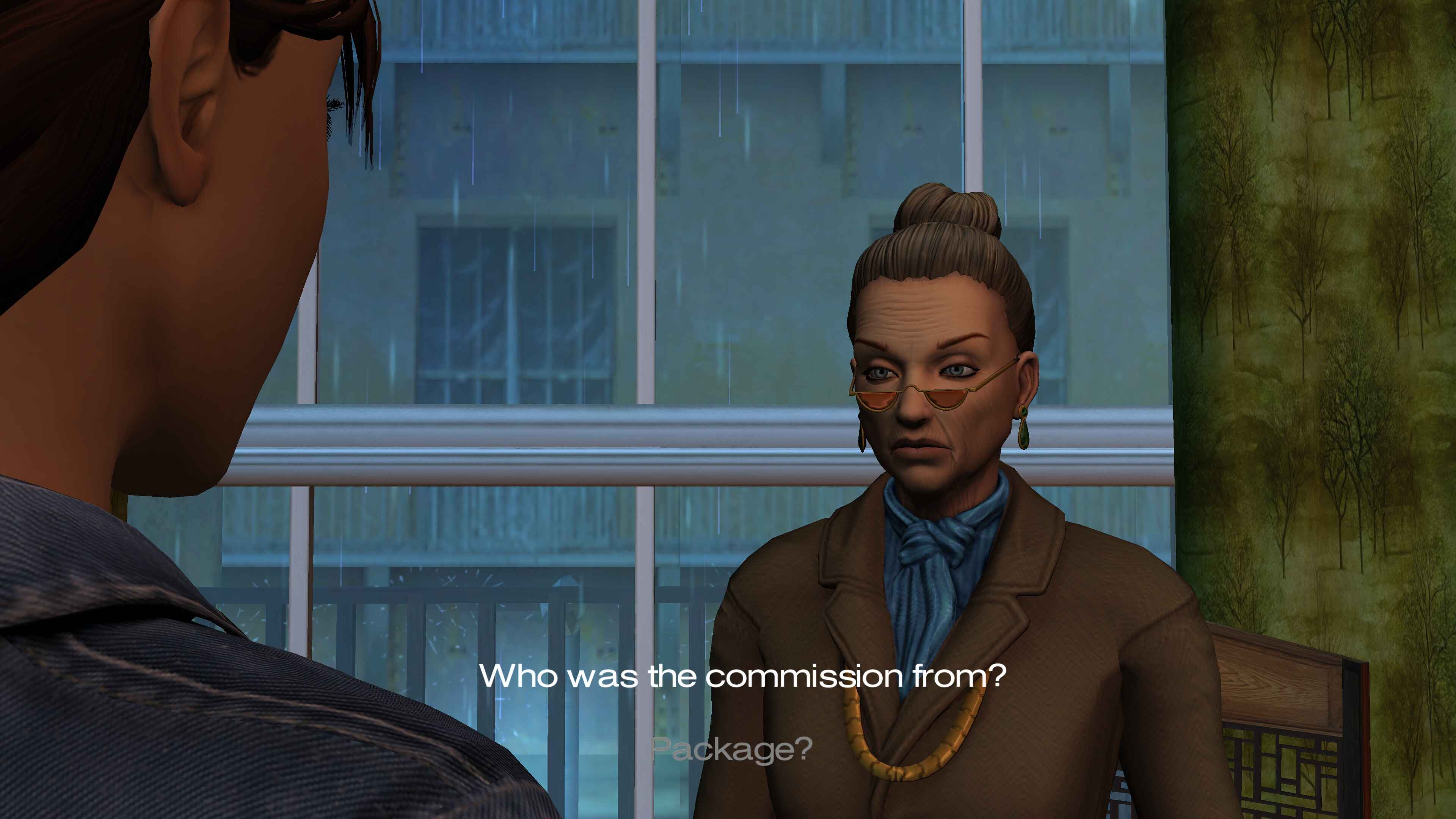
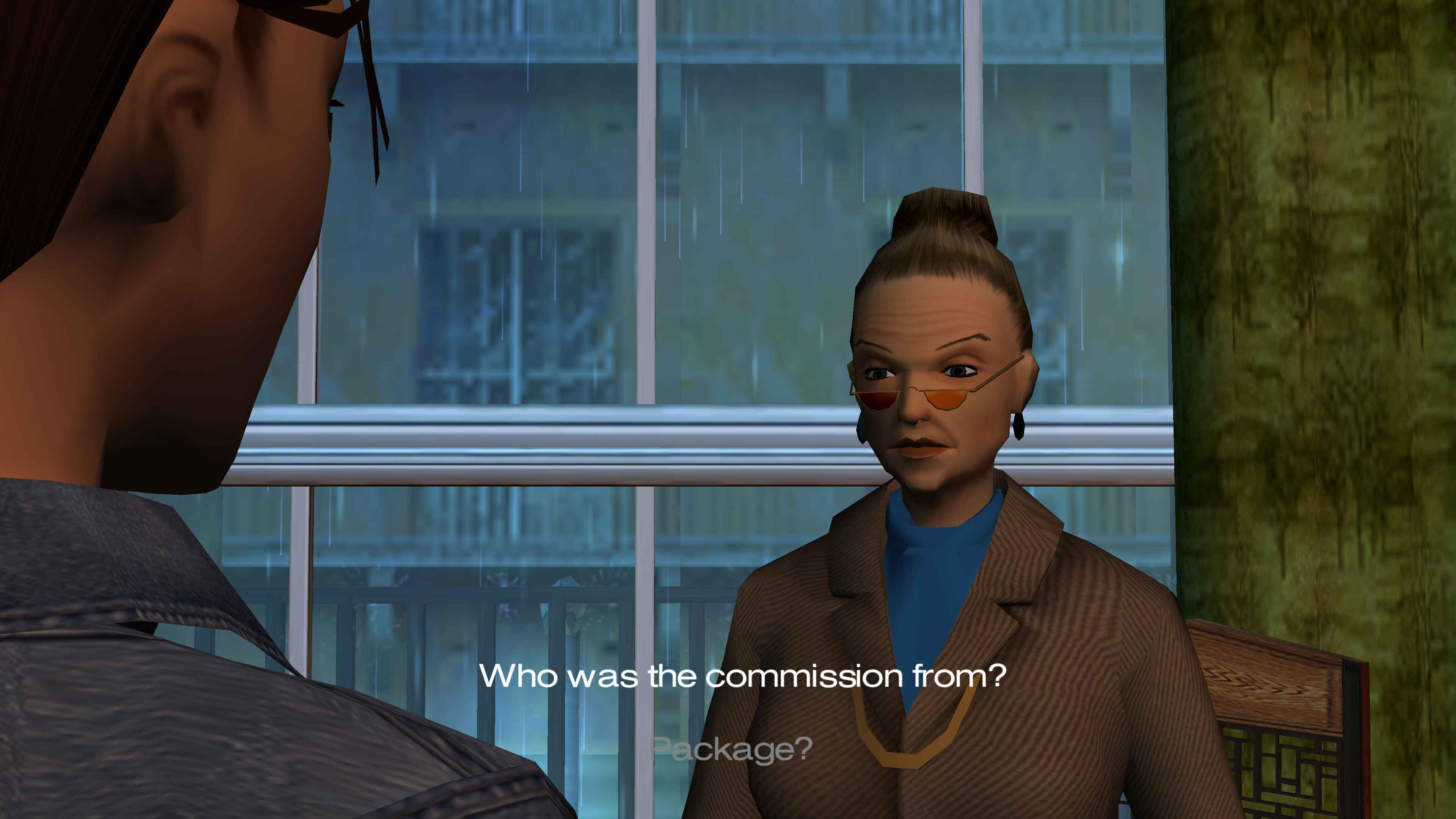
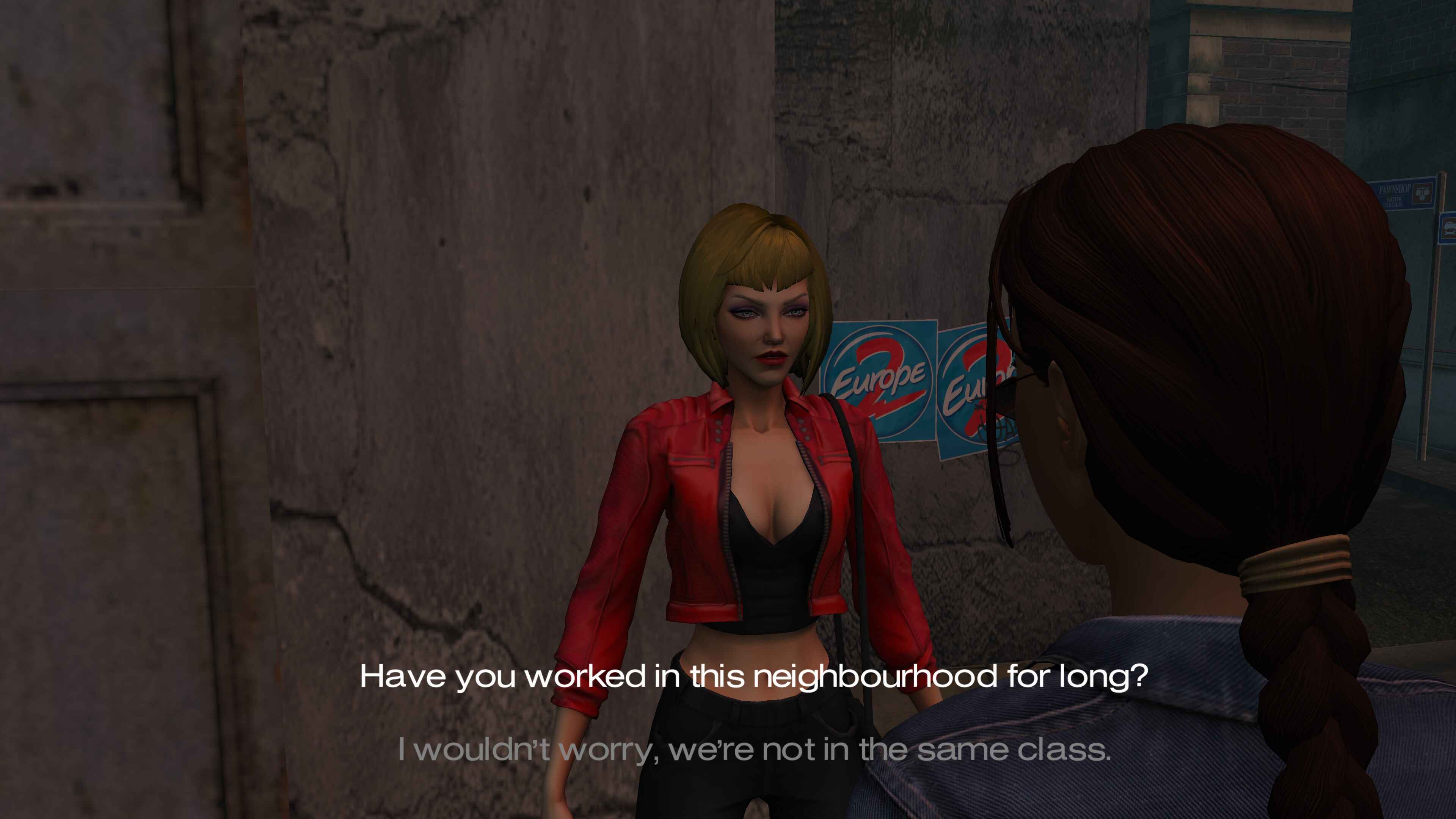
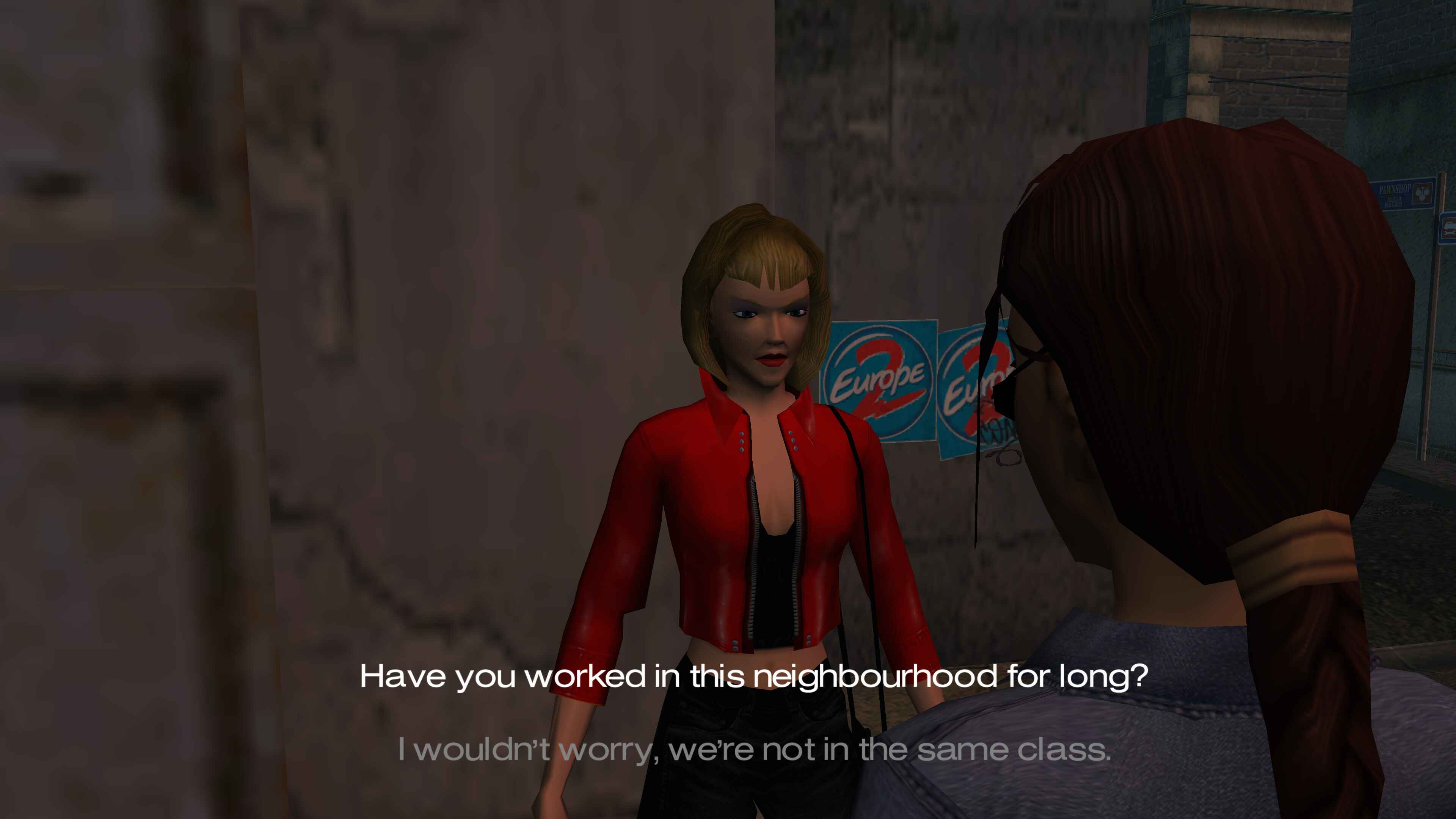
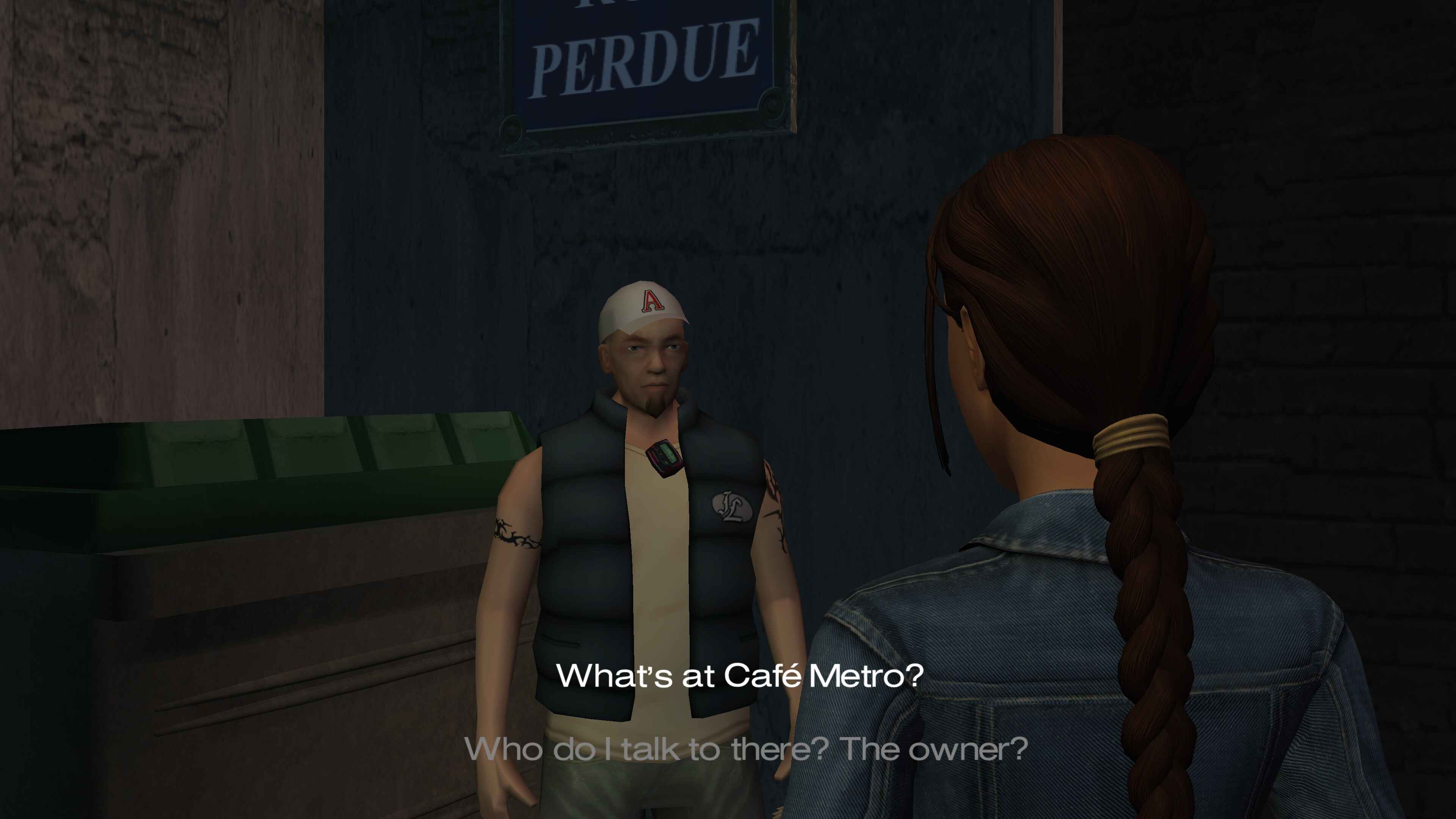
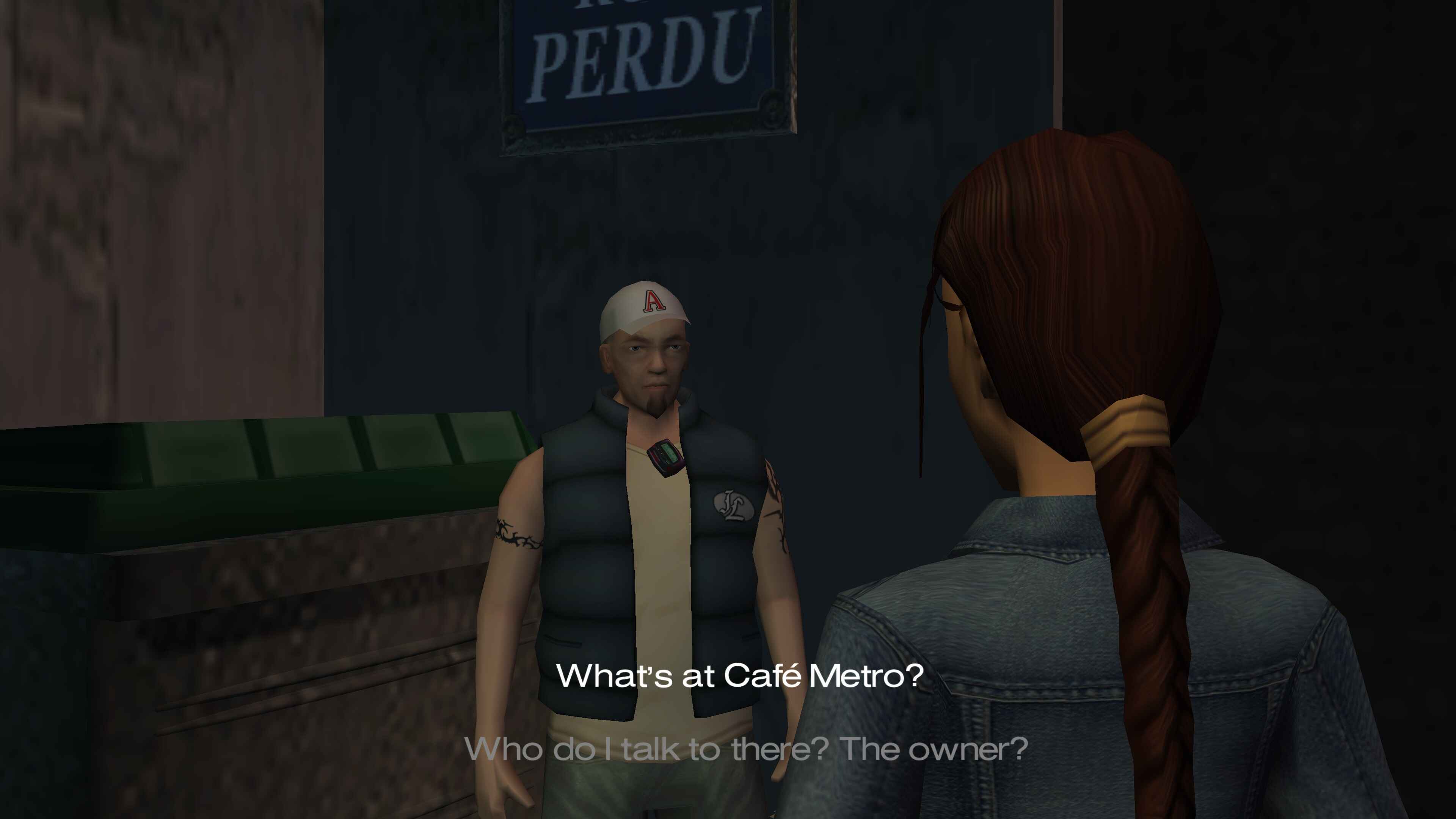
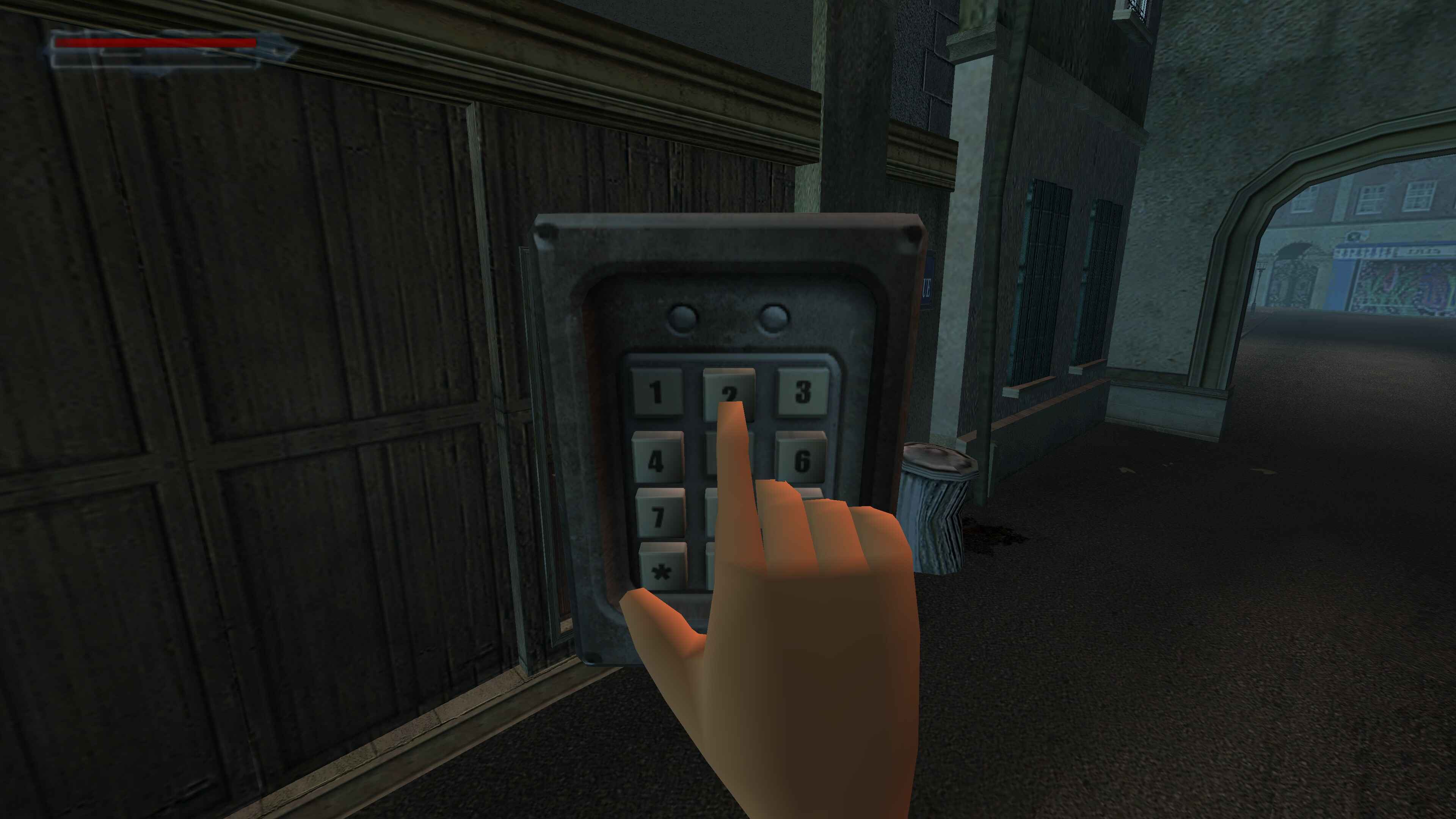
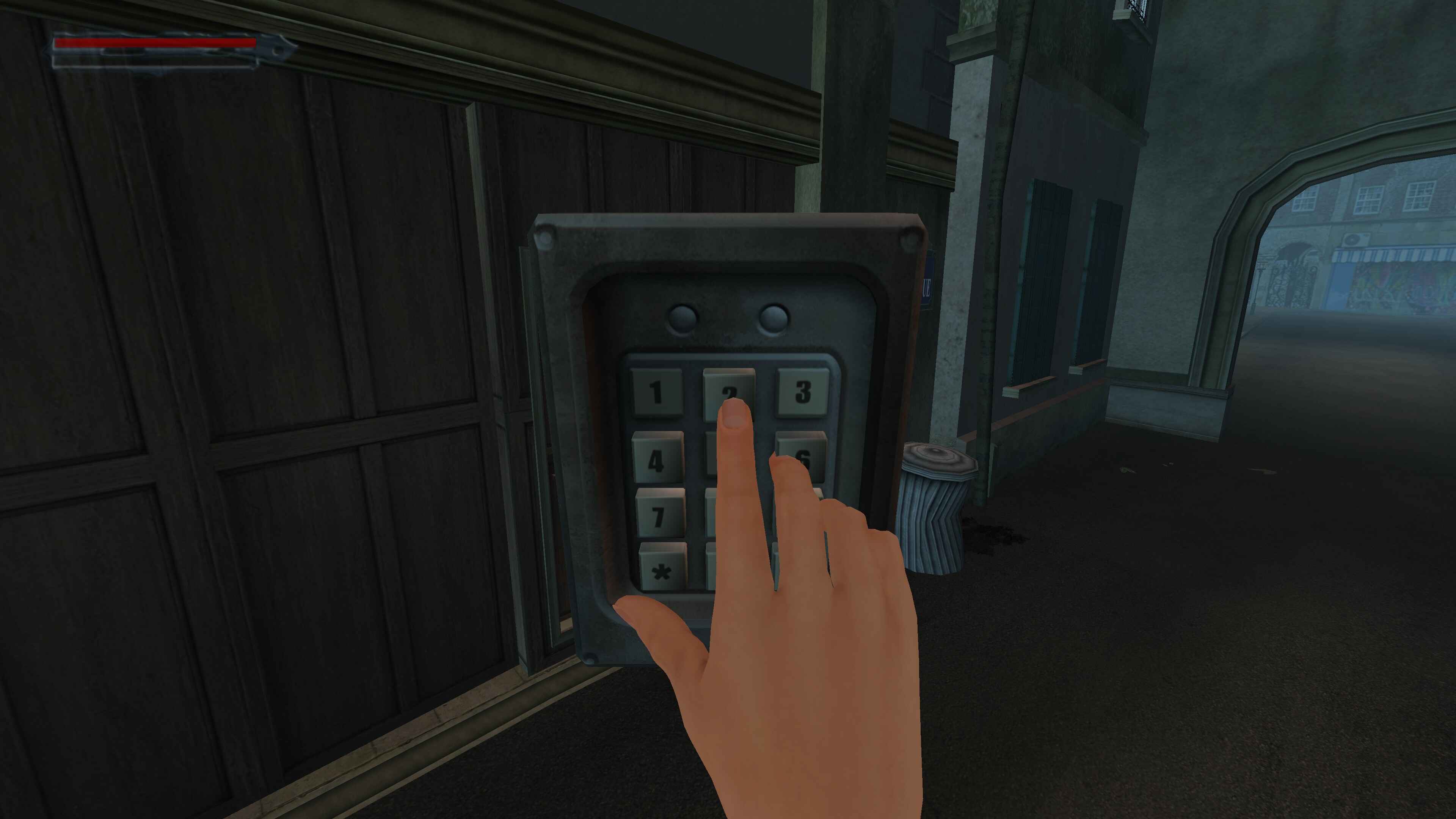
Because of this, it’s jarring when a character like Eckhardt shares a scene with Gunderson, because the difference in detail and quality between them is so vast when only one of their models have been updated. Additionally, even the updated models aren't always perfect. For example, I found that the hair on the front of Lara’s head isn’t dynamic on them new model, meaning it doesn’t move when she does. Her ponytail still does move, however.
AoD’s updated map textures are also a bit of a mixed bag. On the one hand, they do stay (mostly) true to the original’s aesthetic, but that's because the new textures are incredibly subtle in their improvements. In a lot of cases, these new textures are either simply upscaled or have been redrawn without adding any additional detail or depth.
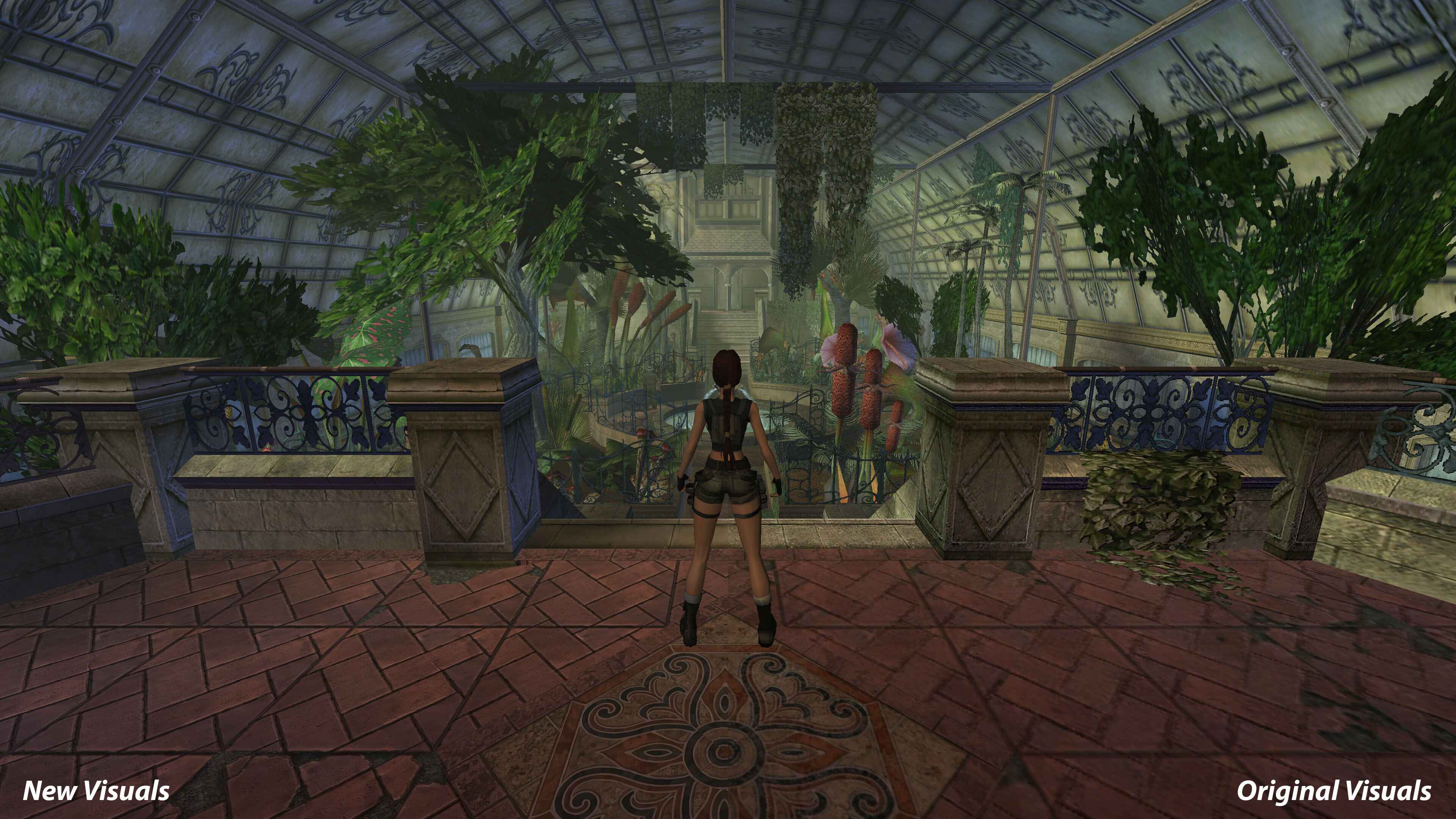
In fact, I think some of the updated textures even removes detail in certain places. Many of AoD’s environments are gritty and grimy, but the new visuals seem to lack a lot of that grit and grime, resulting in very flat and dull looking environments. There was more than one occasion throughout my playthrough where I thought that the older, lower res textures looked better than the newer, higher-res textures because of that lack of detail.
I actually found myself switching back and forth between old and new visuals quite often, not because I wanted to see the difference, but because I couldn’t tell which graphics mode I was in a lot of the time. In some areas, the difference is barely noticeable, to the point where I don’t think it’d even be worth updating the textures in some places.
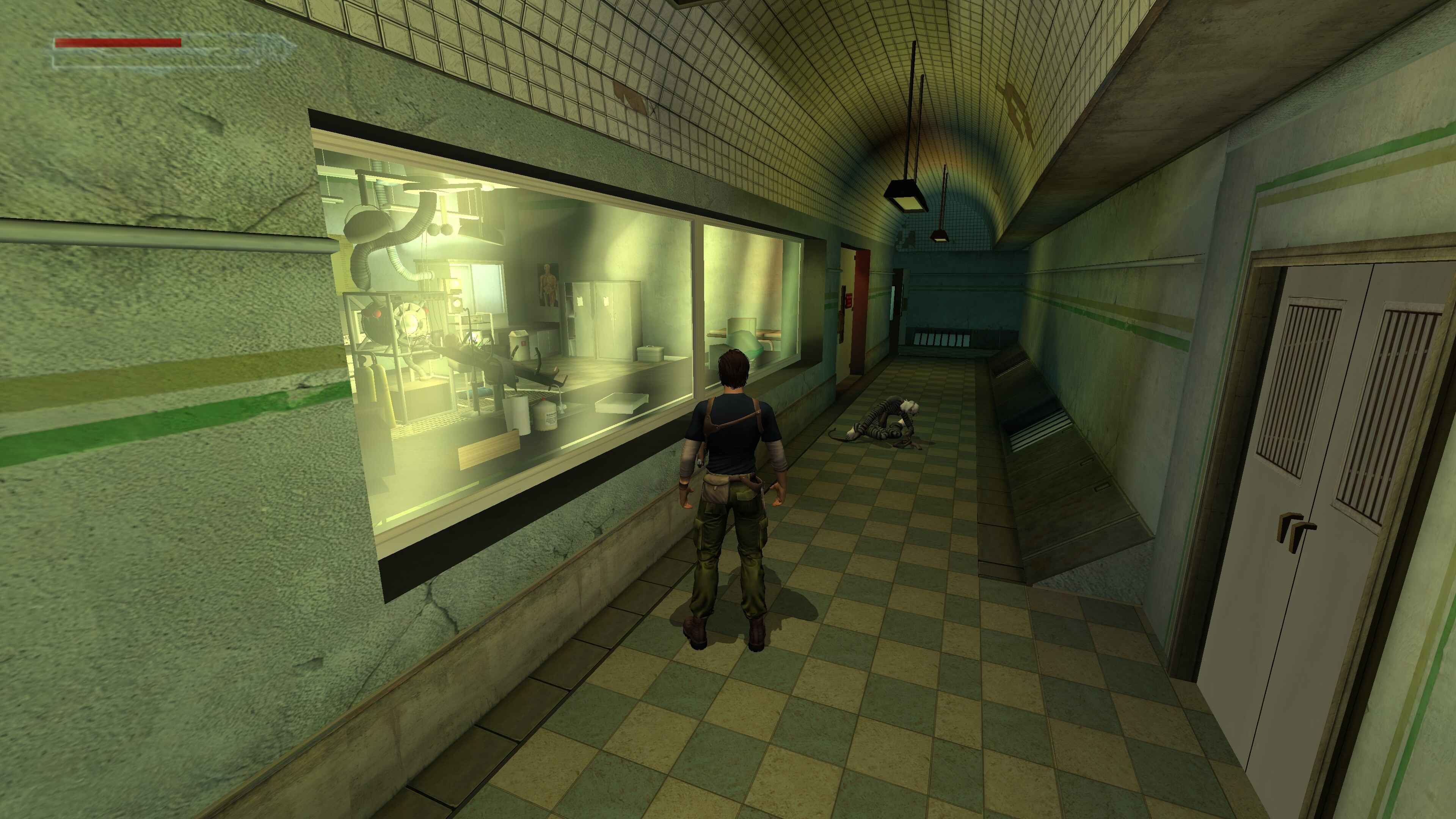
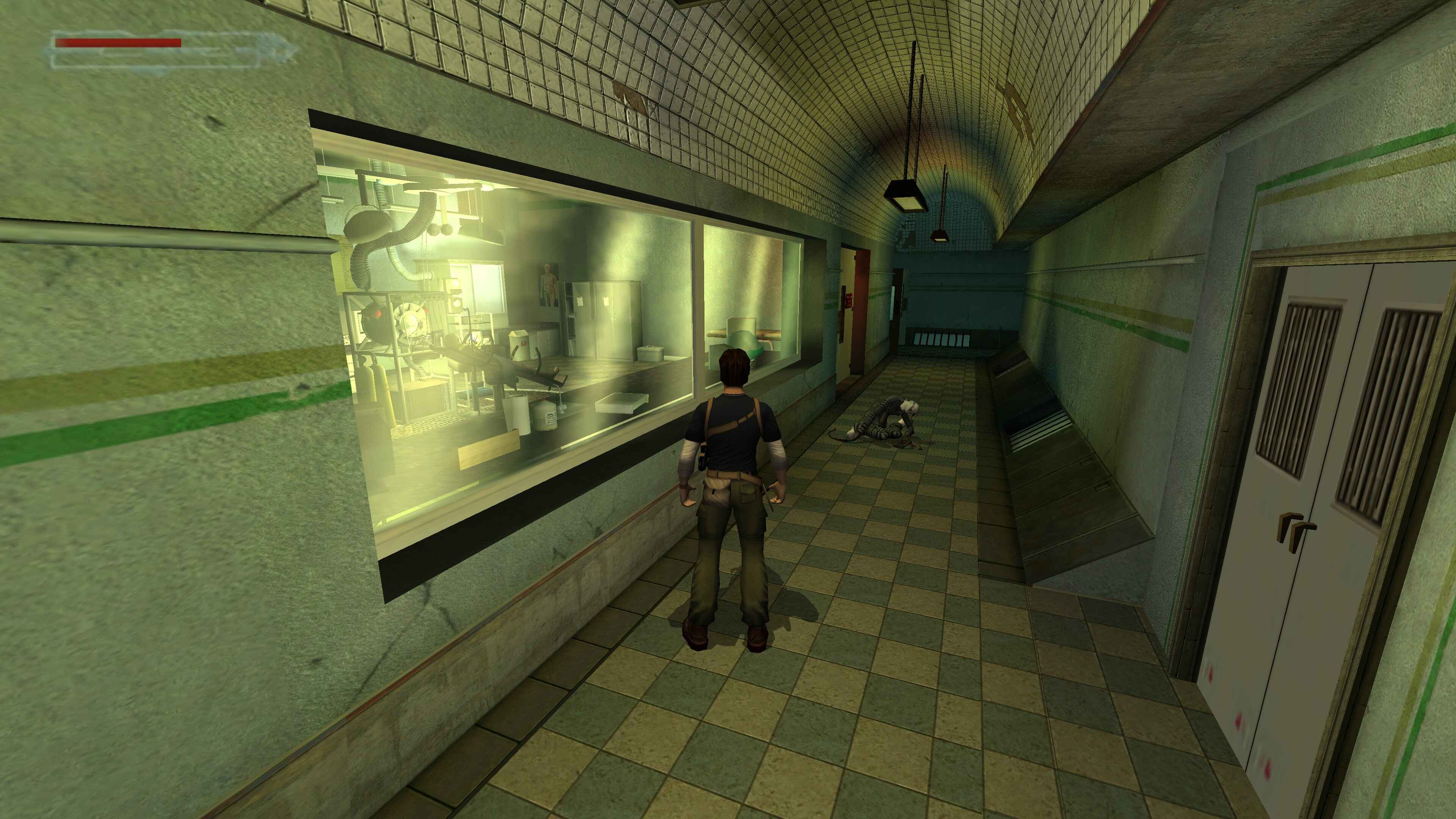
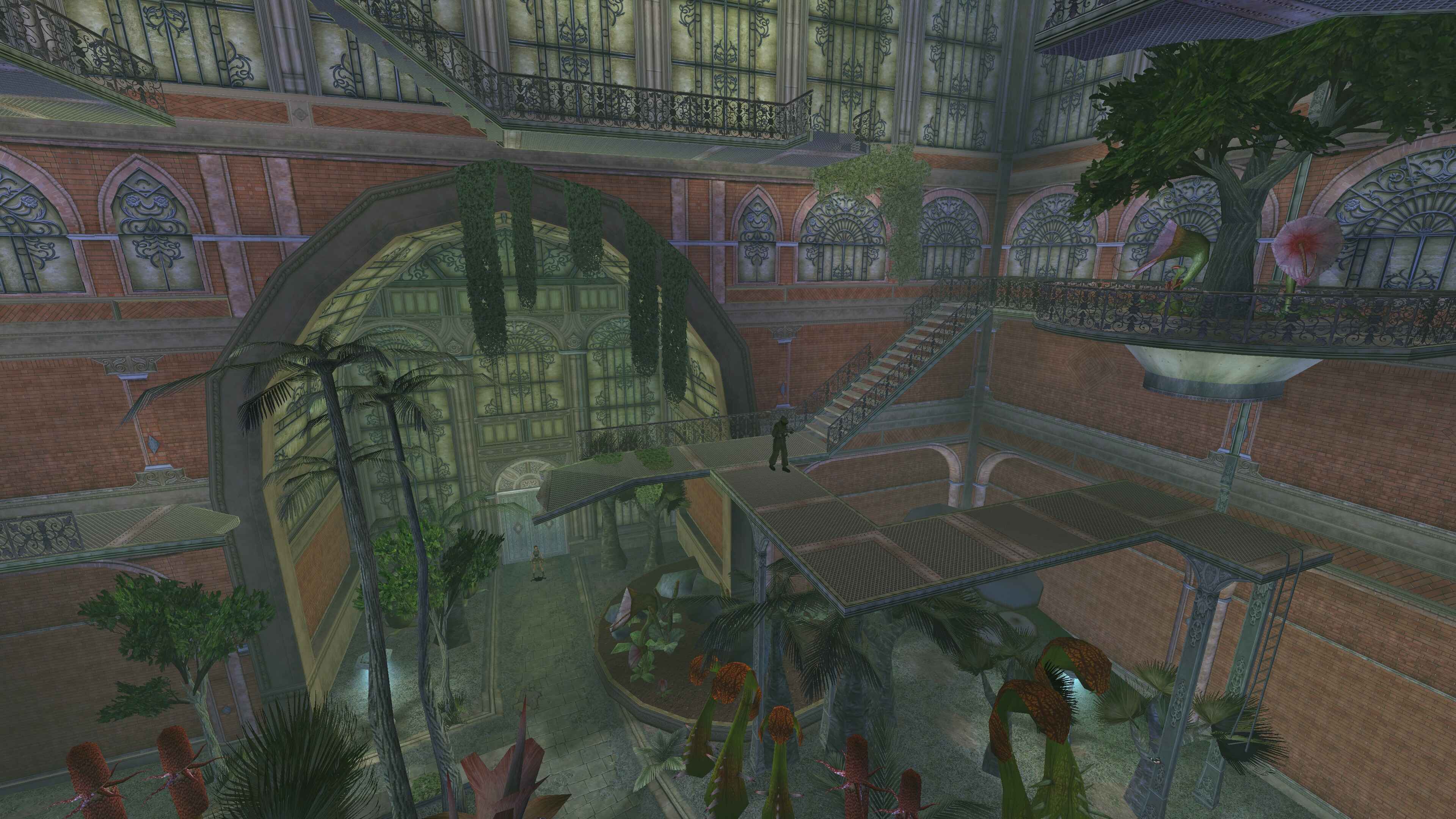
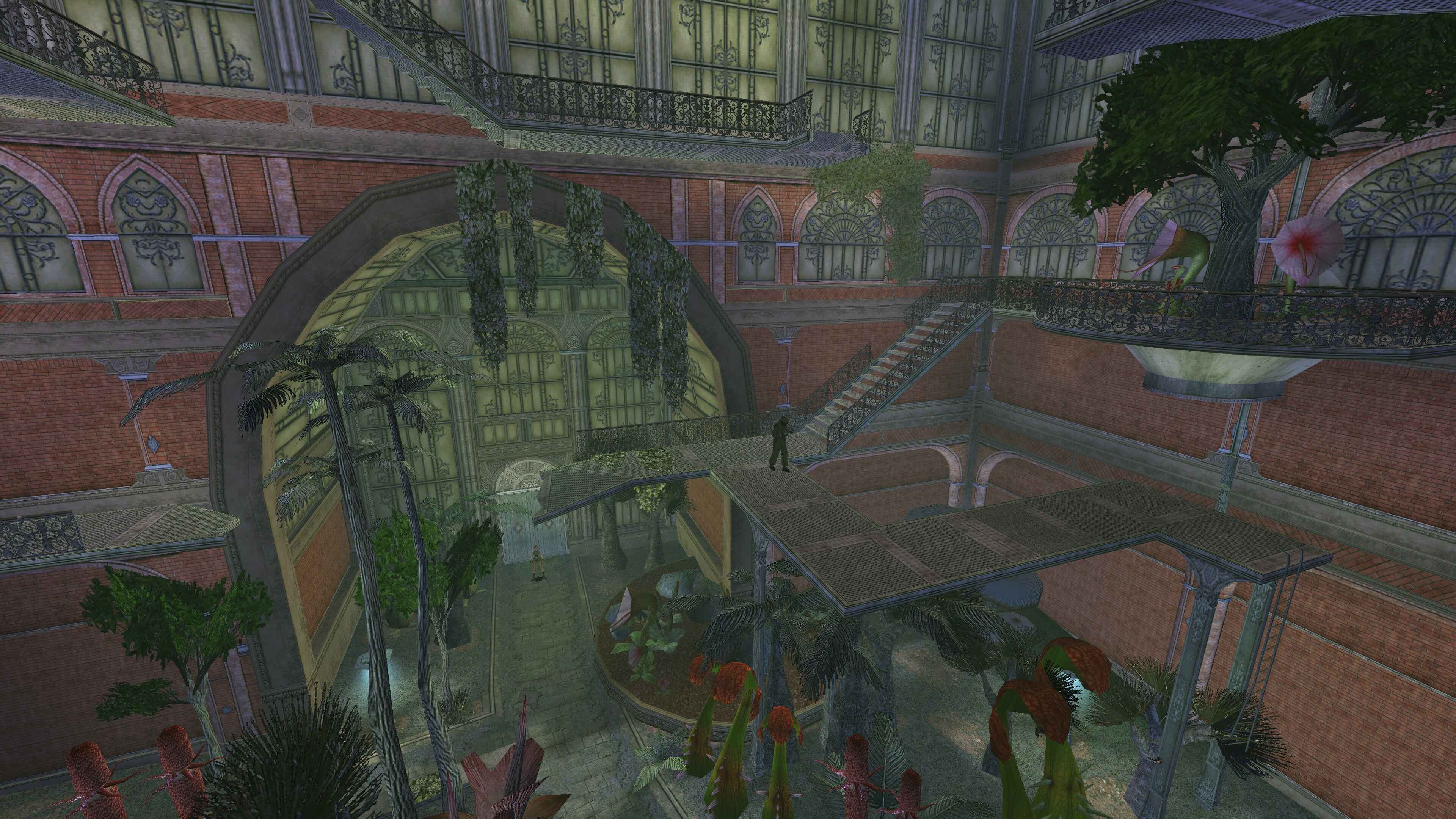
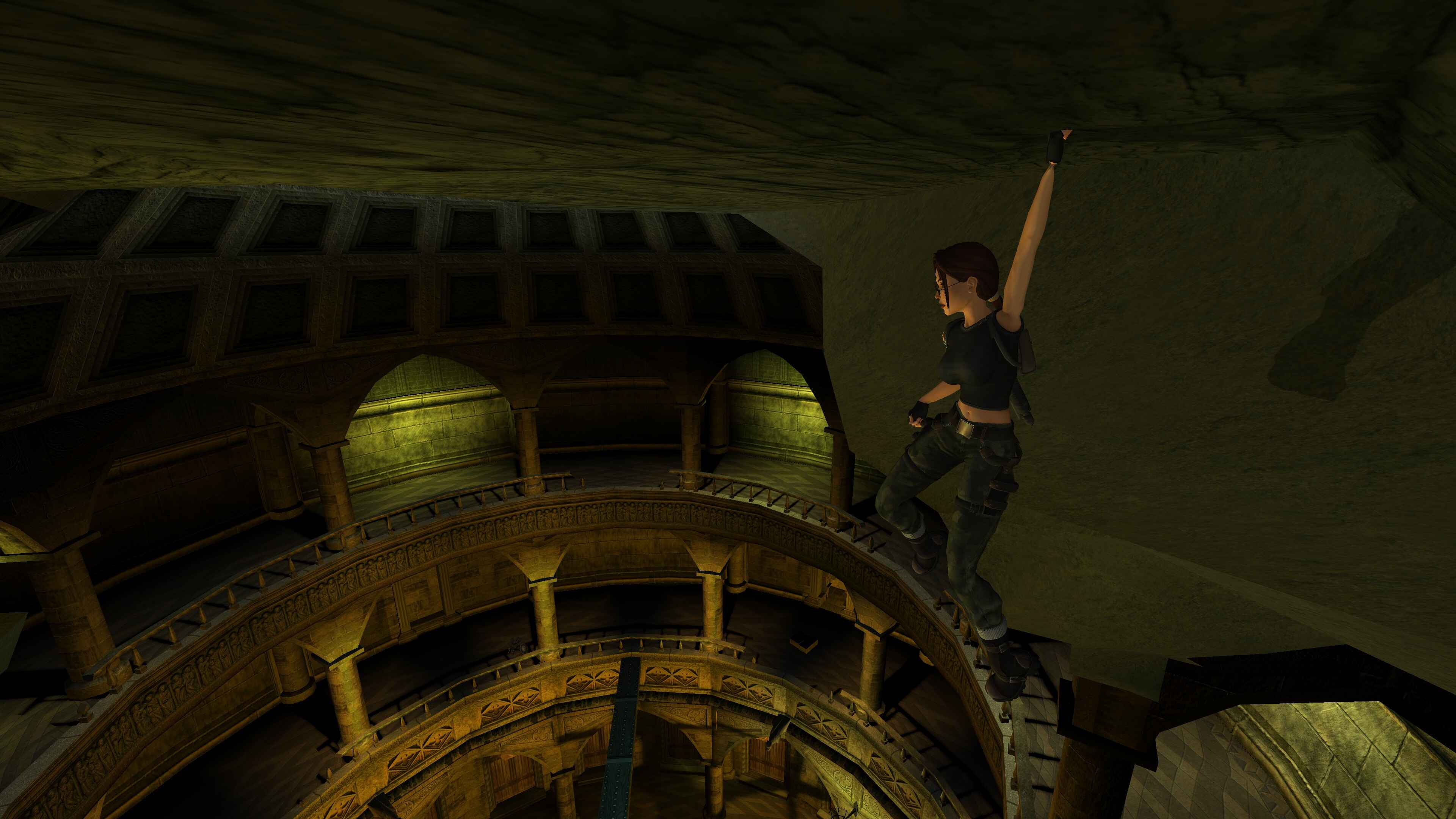
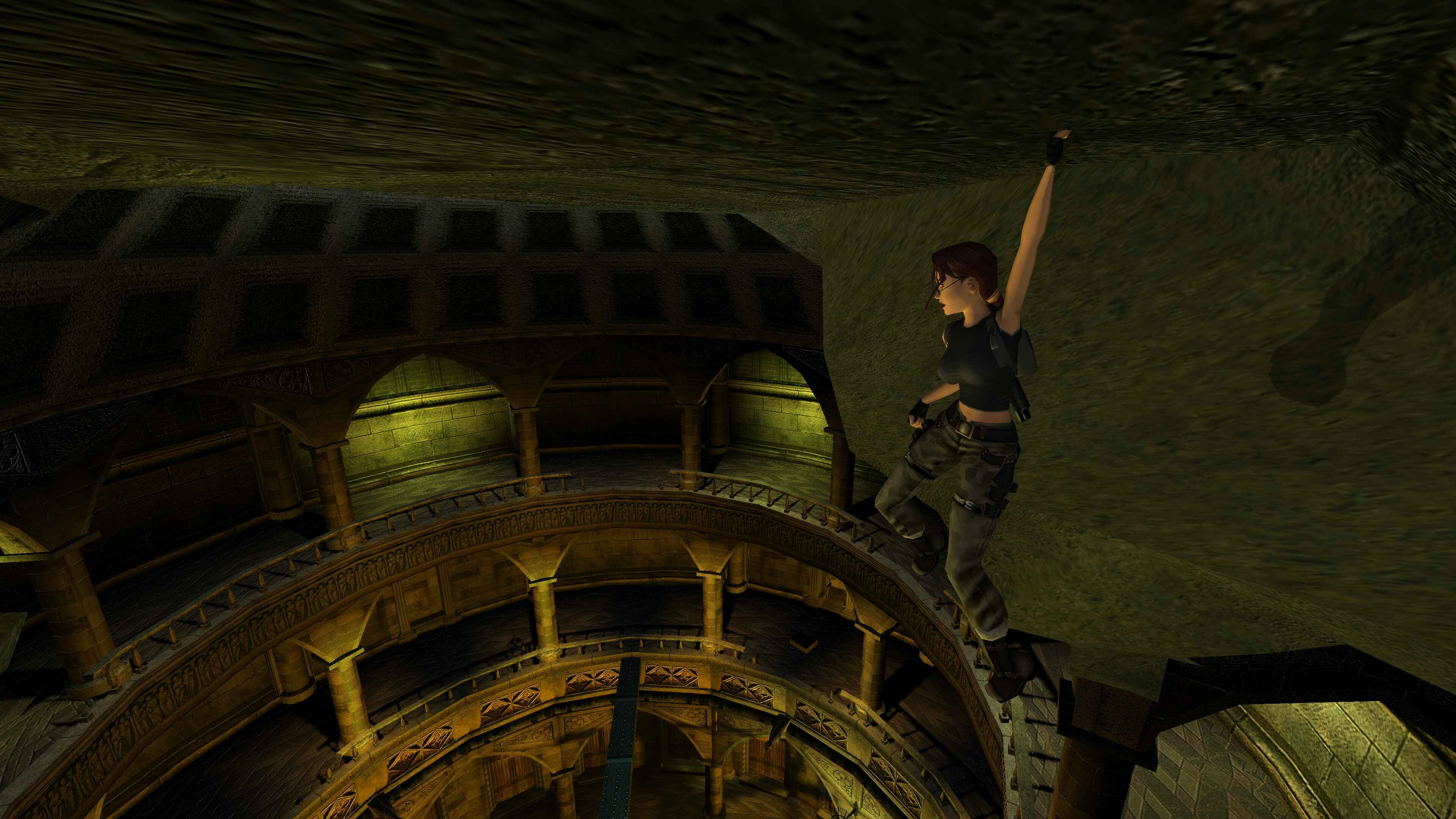
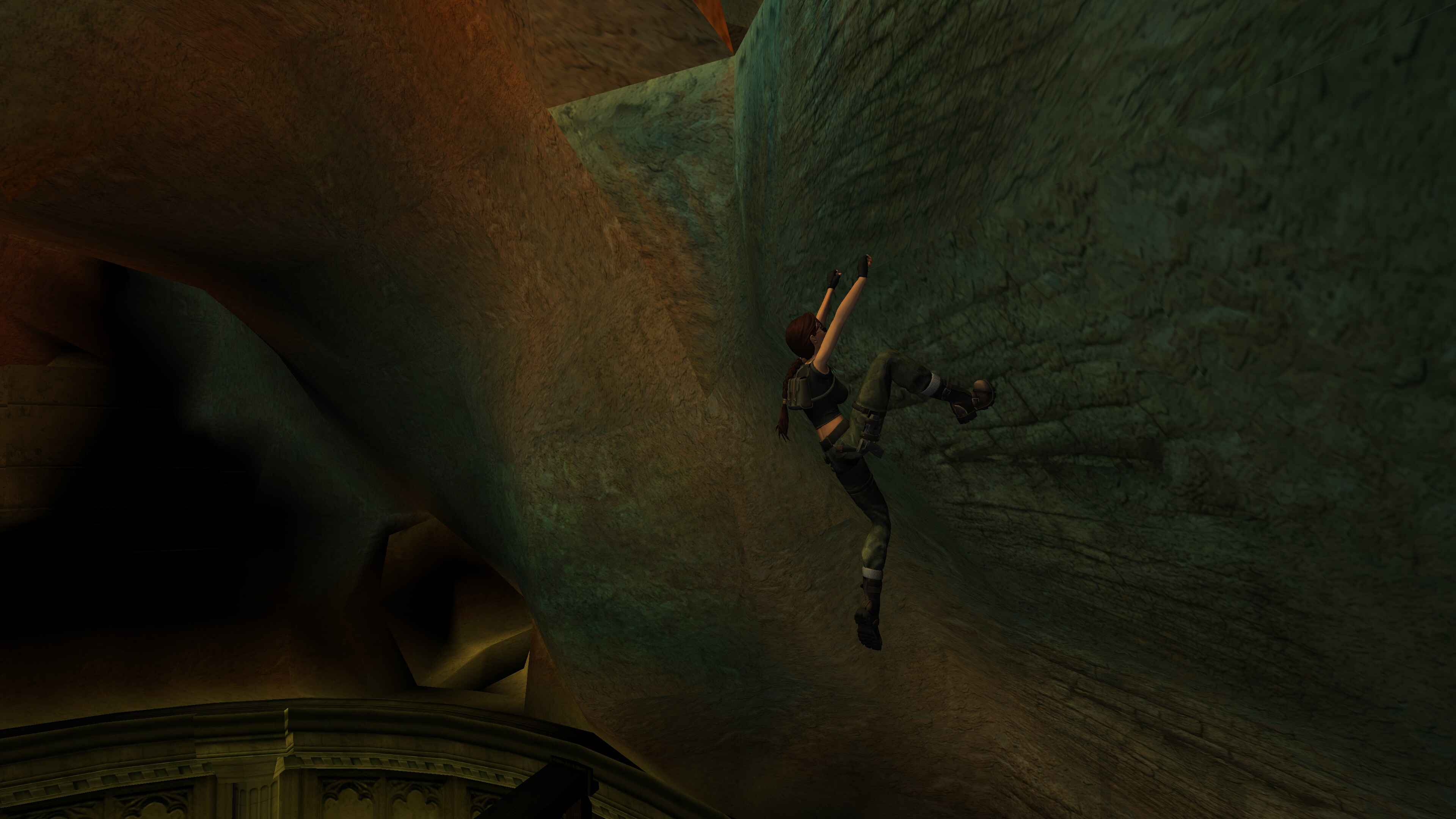
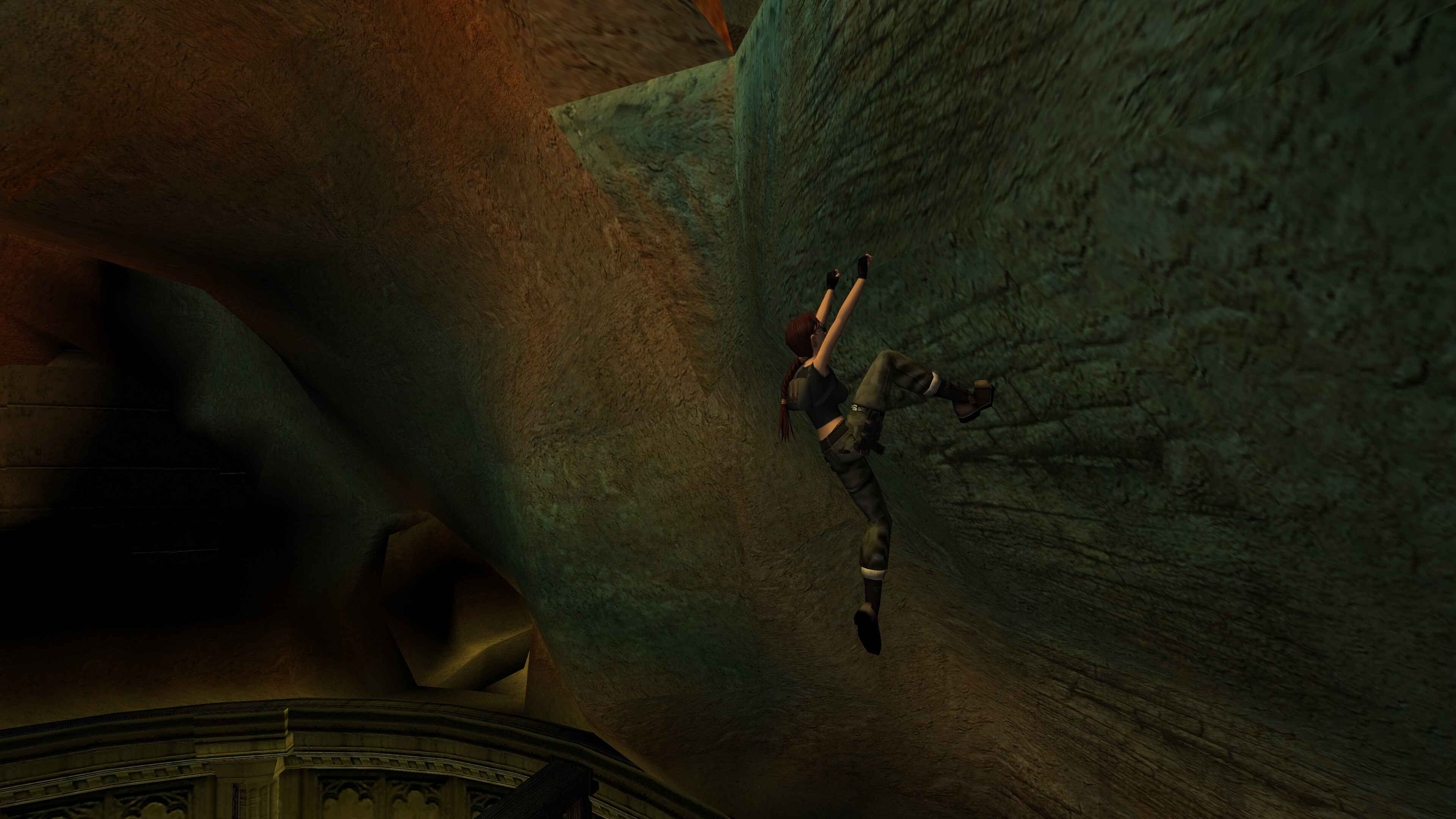
I’m also disappointed that not much has been done to improve lighting or enhance environments with additional details that previously weren't there. The other classic Tomb Raider remasters are so good because they add detail in areas that were lacking them with things like additional rocks or foliage, but no such treatment has been given to AoD.
Overall, the updated visuals are good, but they could have been amazing. The updated character models are great, but the flat map textures, untouched lighting, lack of additional detail, and random characters not being updated makes the other classic Tomb Raider remasters stand out even more. Hopefully updates will improve these areas.
Combat and modern controls
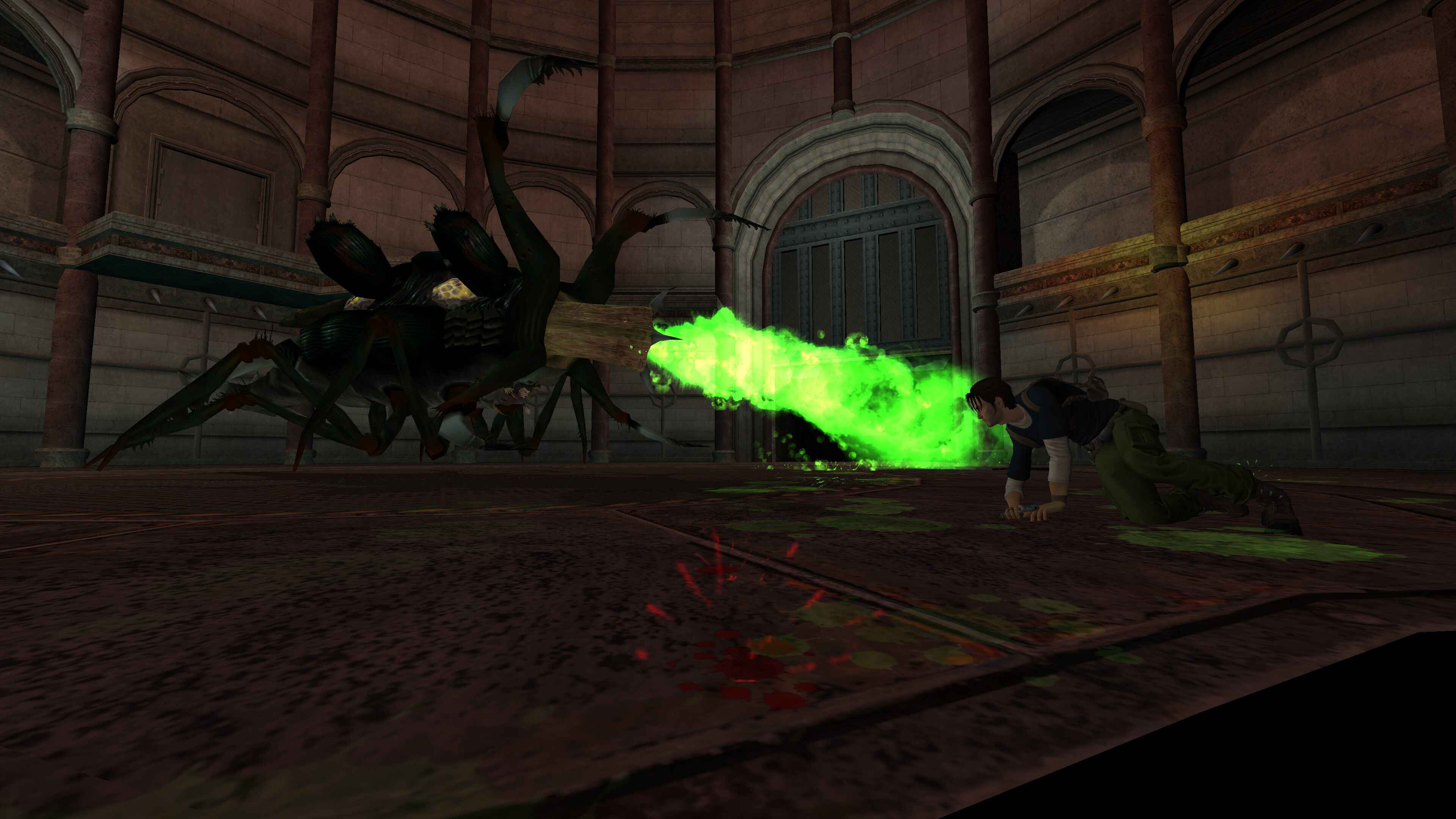
The AoD remaster finally brings a more tolerable control scheme to the game. AoD was originally panned for having terrible controls that didn’t lend themselves well to the overall level design. The remaster introduces the same “modern” control scheme that the other classic remasters have, meaning Lara now controls more like she does in Tomb Raider: Legend.
You can of course switch back to the classic “tank” control scheme if that’s something you prefer. I personally prefer the tank controls, if only because I find them to be more precise than the modern ones. The best way to describe the difference between each control scheme is that the modern controls provide responsive movement and a simplified control scheme, but at the cost of precision. The tank controls are much more precise but are harder to master.
(Note: If you are using modern controls, be aware that there are two "action" buttons for different things. Y for picking up items and pressing buttons, and RT for grabbing items and ledges. This took me a few minutes to figure out during my first run, because it's not explained in the game.)
I will say that regardless of the control scheme, Lara appears to move slightly faster in general. One of the big complaints people had with AoD originally was that Lara was slow. She moves off slow, runs slow, and stops slow. In the remaster, this has been sped up a bit, making her feel a little more responsive across the board.
I do think the new modern controls will give new audiences a fair shake at actually trying this game for the first time. More often than not, it was the old tank controls that turned players off, and that's no longer a barrier to entry here. That said, the modern controls will take a few minutes to get used to.
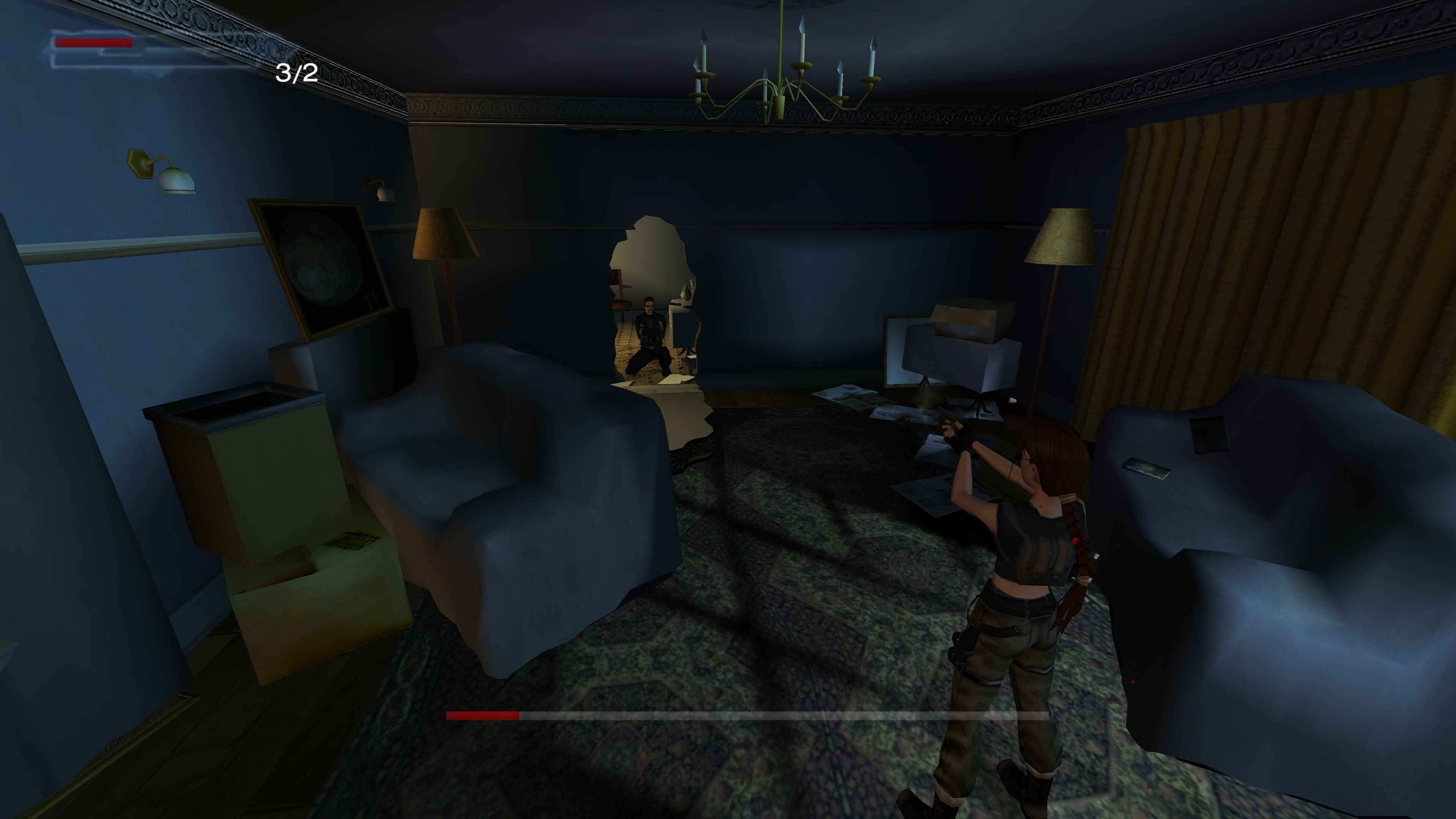
One area that hasn't really improved regardless of control scheme is combat. Combat sucks in the original game, and unfortunately the remaster does little to improve this. Outside of Lara now being a little faster in general, she still locks on to enemies and strafes when firing in a frustrating manner that feels heavy and unnatural.
This is especially the case with Kurtis, who is now able to equip the Chirugai Blade that he's seen using in cutscenes. This is now a weapon the player can use, but the control scheme is frankly painful. When equipped, Kurtis can no longer jump or strafe. His movement is slowed, and the blade itself isn't even that powerful.
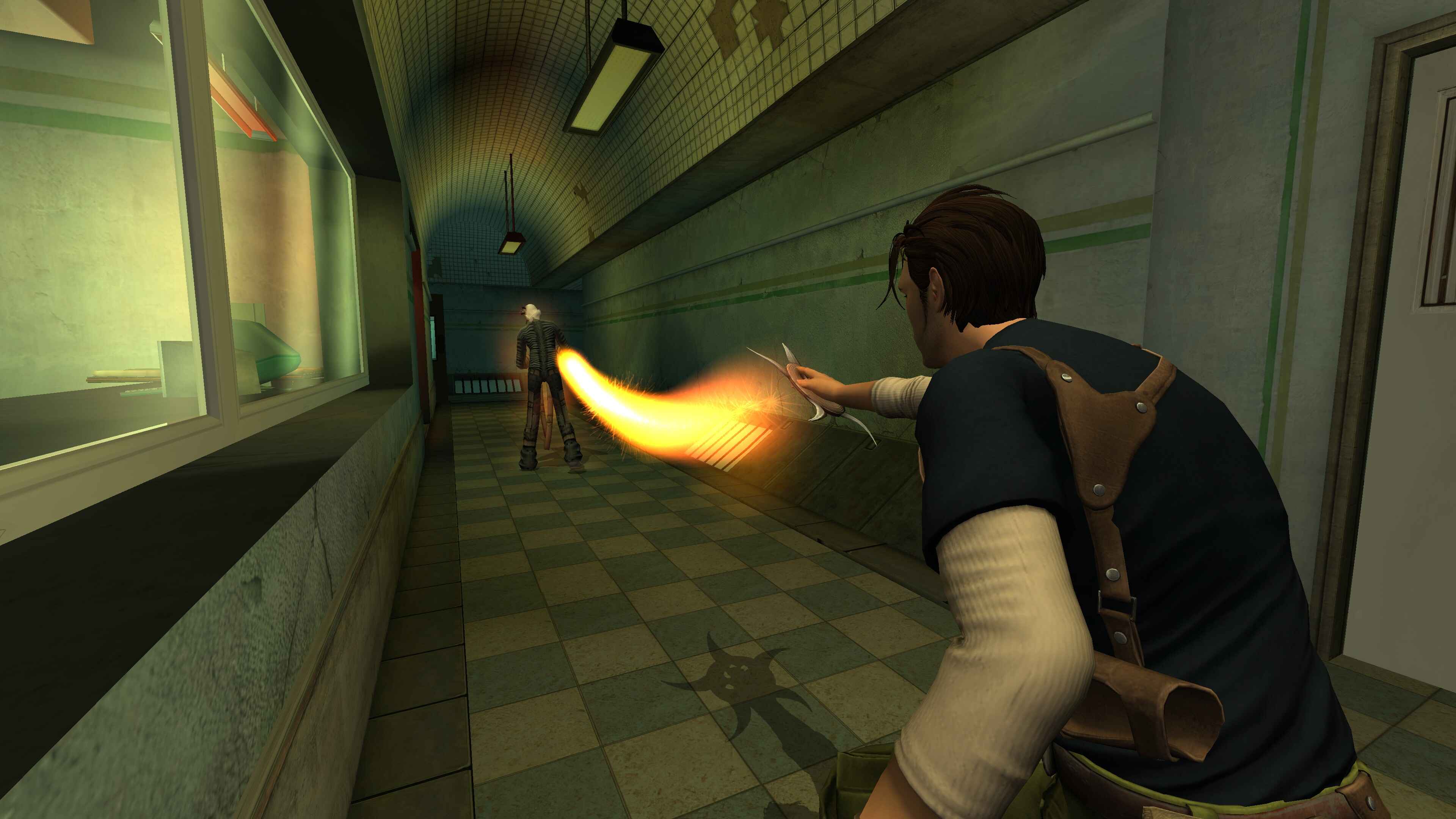
What doesn't help is the goofy animation they've given Kurtis when he has the blade equipped and engaged in combat. He moves around like a grasshopper, and his responsiveness drops significantly. The only good thing about the Chirugai Blade is that it includes a button that gives you a temporary shield, not that I found I needed it.
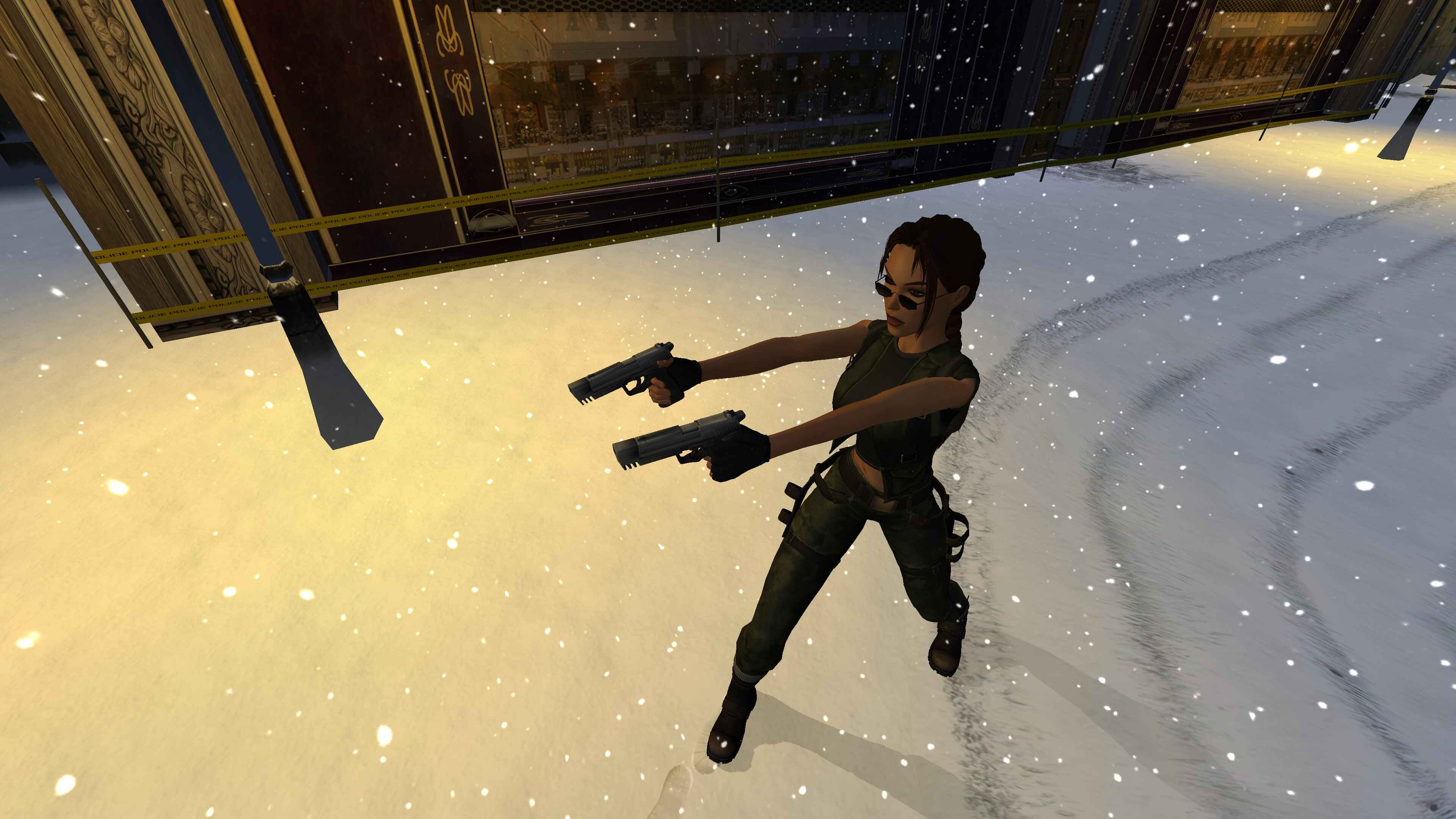
On a more positive note, the remaster does is give Lara back her iconic dual pistols. Lara can be seen dual wielding pistols in many cutscenes, but the player was never actually able to equip them during the original game. That’s now fixed, as the player can now find and equip them throughout the game!
There are two types of dual-pistols that can be equipped by the player – dual Vector-R35’s and dual Scorpion X’s. They’ll be treated as dual weapons too, meaning they will deplete 9mm ammo twice as fast. Unfortunately, Lara herself isn’t able fire at two enemies simultaneously when dual wielding, unlike in prior classic games.
Story continuity and restored content
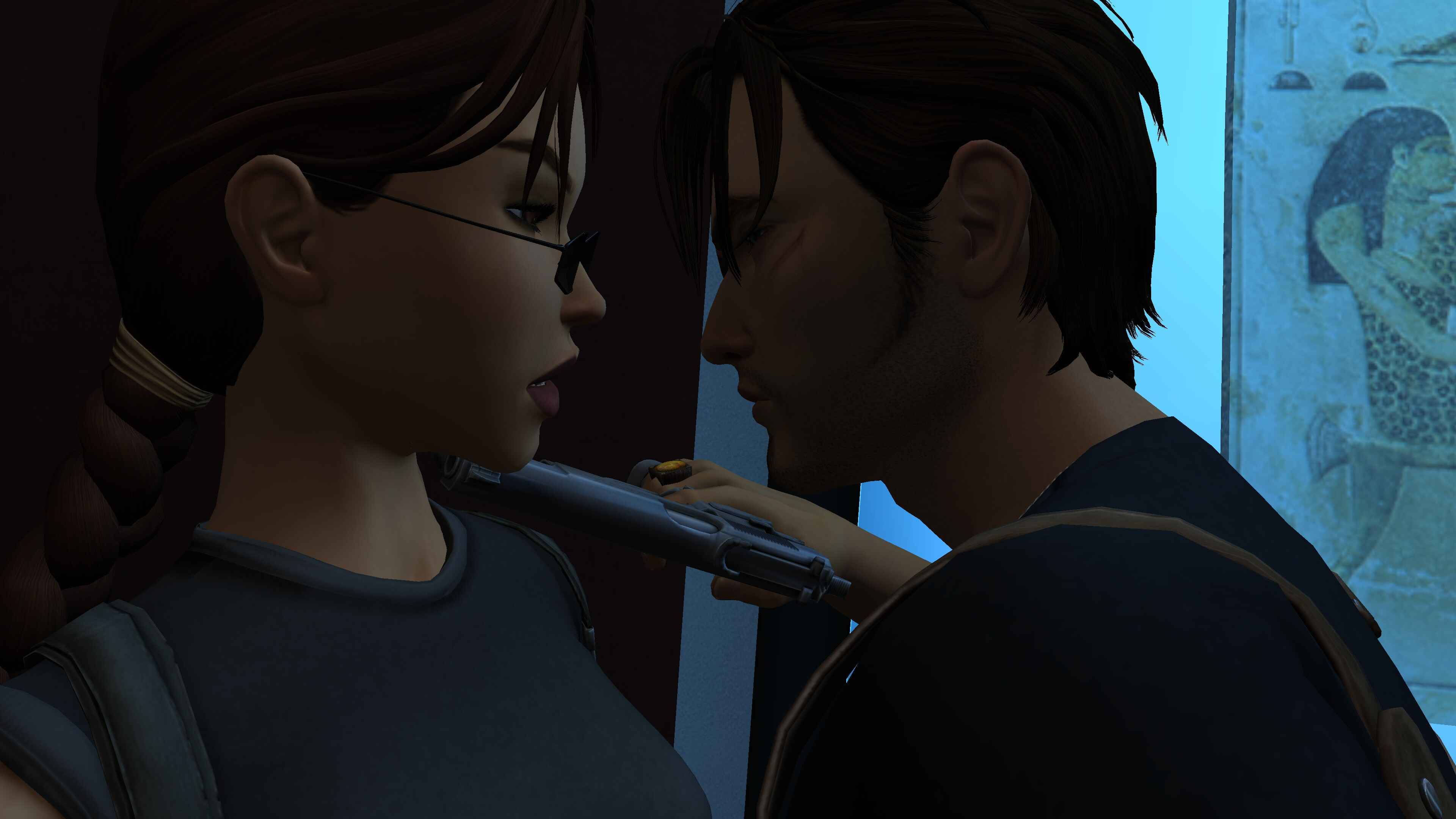
The AoD remaster attempts to fix some key issues with the unfinished state of the original game. Issues such as story continuity errors, confusing objectives, and cut mechanics and level areas have been addressed and even restored or completed.
As the original AoD launched in an unfinished state, there were many areas of the game that failed to properly inform the player of their next objective. The remaster aims to fix this by including cut dialog in key areas to give context to the player, and even fix continuity errors in some cases.
For example, an infamous continuity error in AoD is Lara’s outfit when moving from “The Strahov Fortress” into “The Bio-Research Facility.” In the original game, Lara inexplicably swaps her cargo pants for cargo shorts, even though the two levels are supposed to be a corridor apart from each other.
In the remaster, an attempt has been made to fix this continuity error by adding a line that gives context to the sudden outfit change. Now, Lara will say “Wear what’s comfortable, I always say” to imply she chose to swap out her pants for shorts during the loading screen because she was entering a warmer environment. She was probably keeping them in her backpack.
I found Lara now talks to herself a bit more than I remember her doing in the original game. She'll lend her thoughts on certain objectives and locations to nudge the player in the right direction. These seem to only occur when the level design isn't so clear. I also noticed that blood effects have been restored, too.
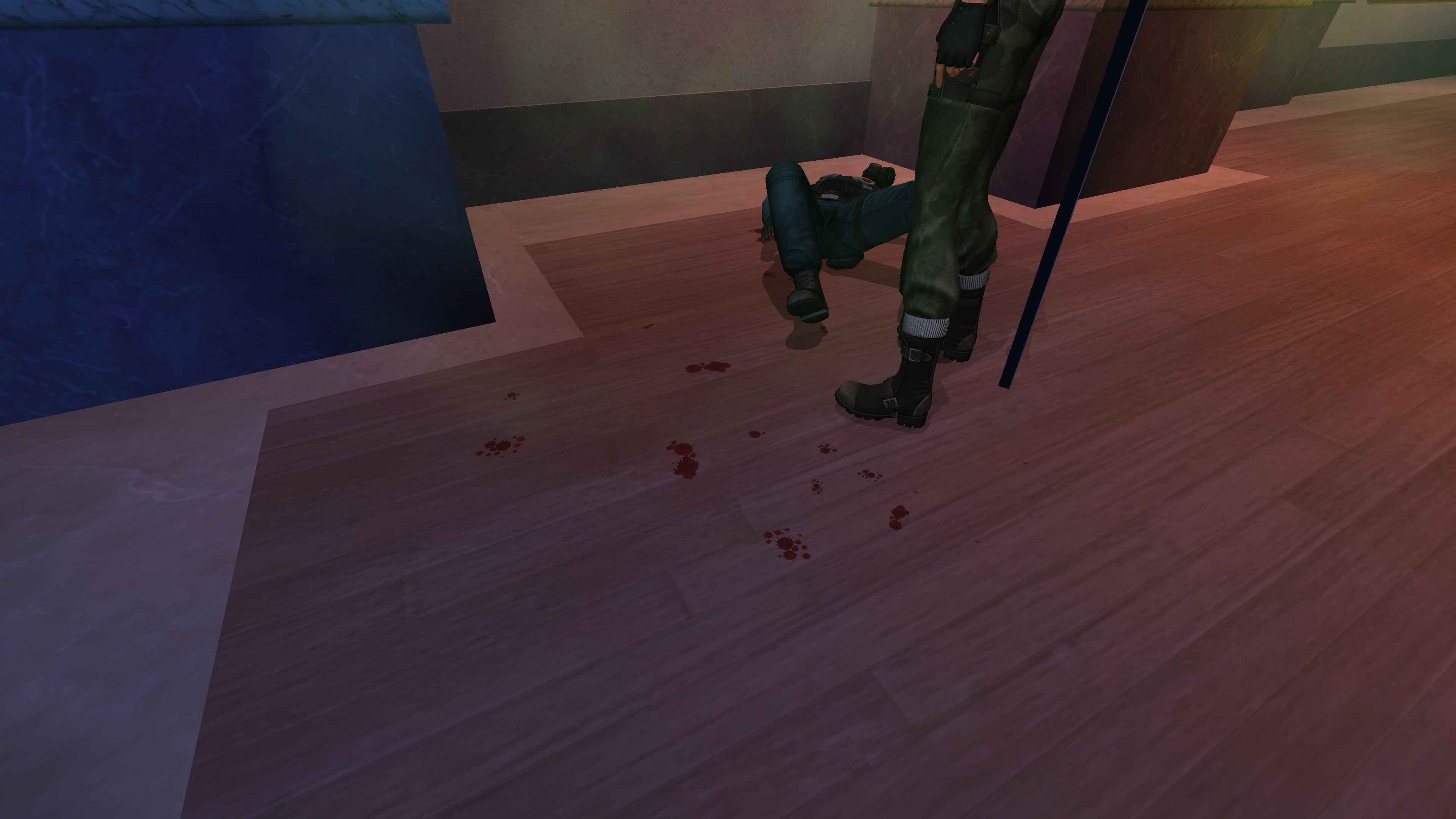
You’ll find small improvements like this all over the game, which I really like. I also love that Aspyr did its very best to restore some cut areas and mechanics in levels, the most notable of which is at the very start of the game. Lara will now suggest to the player that she can either climb a ladder or go through a doorway into a new area that was previously inaccessible.
This inaccessible area was originally cut for time, but Aspyr has finally finished it and it's now fully working and accessible in the game. It acts as an alternative training ground for the player to get used to the controls and plays nicely into the whole branching storyline aspect of the game.
Aspyr has also gone to lengths to restore a cut feature that allows Lara to buy and sell items during the Paris section of the game. Items you collect and money you find in this area now have a purpose, as you can now take them to the pawn brokers and sell them for additional cash, which you can spend on better weapons and health items.
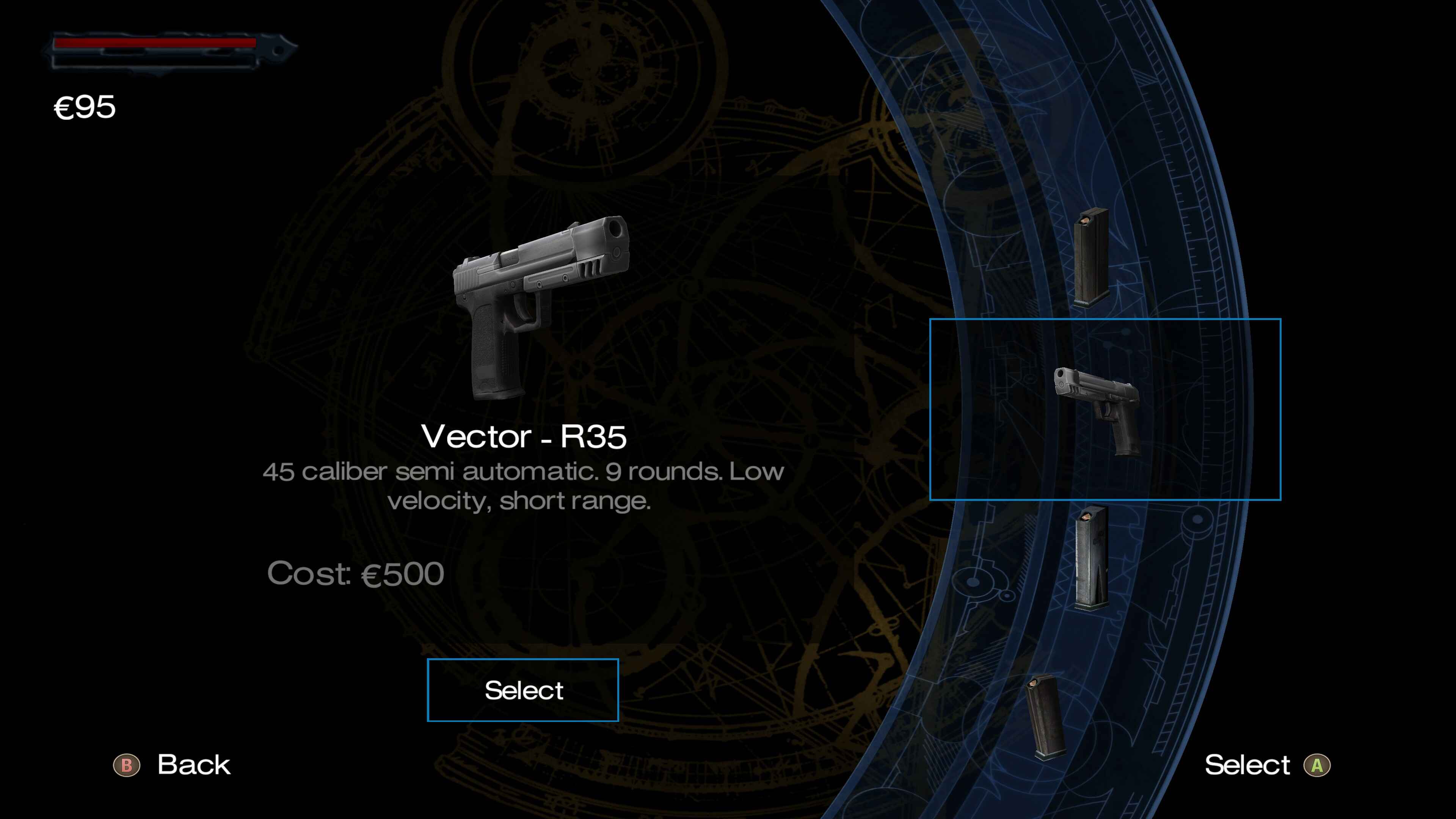
In a vacuum, this is a great addition. However, this is the only part of the game where this mechanic is now implemented. Once you leave Paris, there isn't another pawn broker to buy or sell items at. This means all the items and money you collect from then onwards have no purpose.
This is where restoring an unfinished game like this begins to rear its ugly head. Even when you bring to life one of its many cut mechanics, the mechanic ultimately suffers because the rest of the game never got to a point where it could be implemented. Unfortunately, AoD is missing large chunks, including a hub world which would have let the player return to an area where they could buy and sell items for cash.
Ultimately, I am happy to see some of this cut content restored. I remember being a kid and learning about the secret training area in the first level, and discovering bugs that would let you access it. It was exciting back then, and being able to access a finished version officially is a dream come true for little me.
Features, enhancements, and bugs
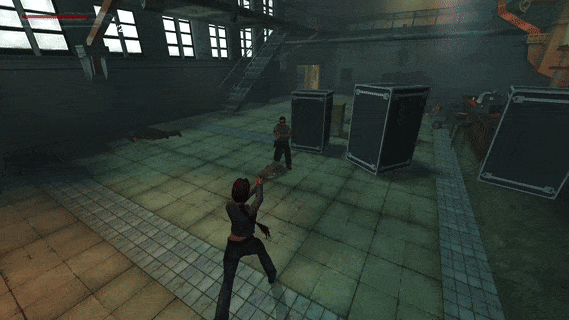
If you were hoping that the remaster would fix all the bugs that AoD originally suffered from, you’re going to be disappointed. While I’m sure Aspyr has done its best to address bugs where it can, there are still plenty of bugs that I encountered throughout my playthrough.
For example, an iconic bug that I remember encountering all the time on PS2 is one where enemies will sometimes bounce into the sky after they're killed.. I found this to happen mostly on The Serpant Rouge, though I did spot it in a couple of other areas too. It happens randomly, so you might not encounter it at all.
I also ran into a bug that caused Lara to freeze in place twice. It happened on two different levels, seemingly randomly, and when it did happen the only fix was to load a previous save, because none of the buttons would free her. The game wasn’t frozen, just Lara was.
AI pathing continues to be a weak point here as well. More than once did an AI enemy either completely not see me, or get stuck in a corner and refuse to partake in the fight. This was an issue in the original game, and it's still an issue here with the remaster.
I also found that the ambient music that plays throughout levels would sometimes just stop, most commonly when loading into a new area. The only fix seemed to be to reload the save or push through until a new loading zone activates the music again.
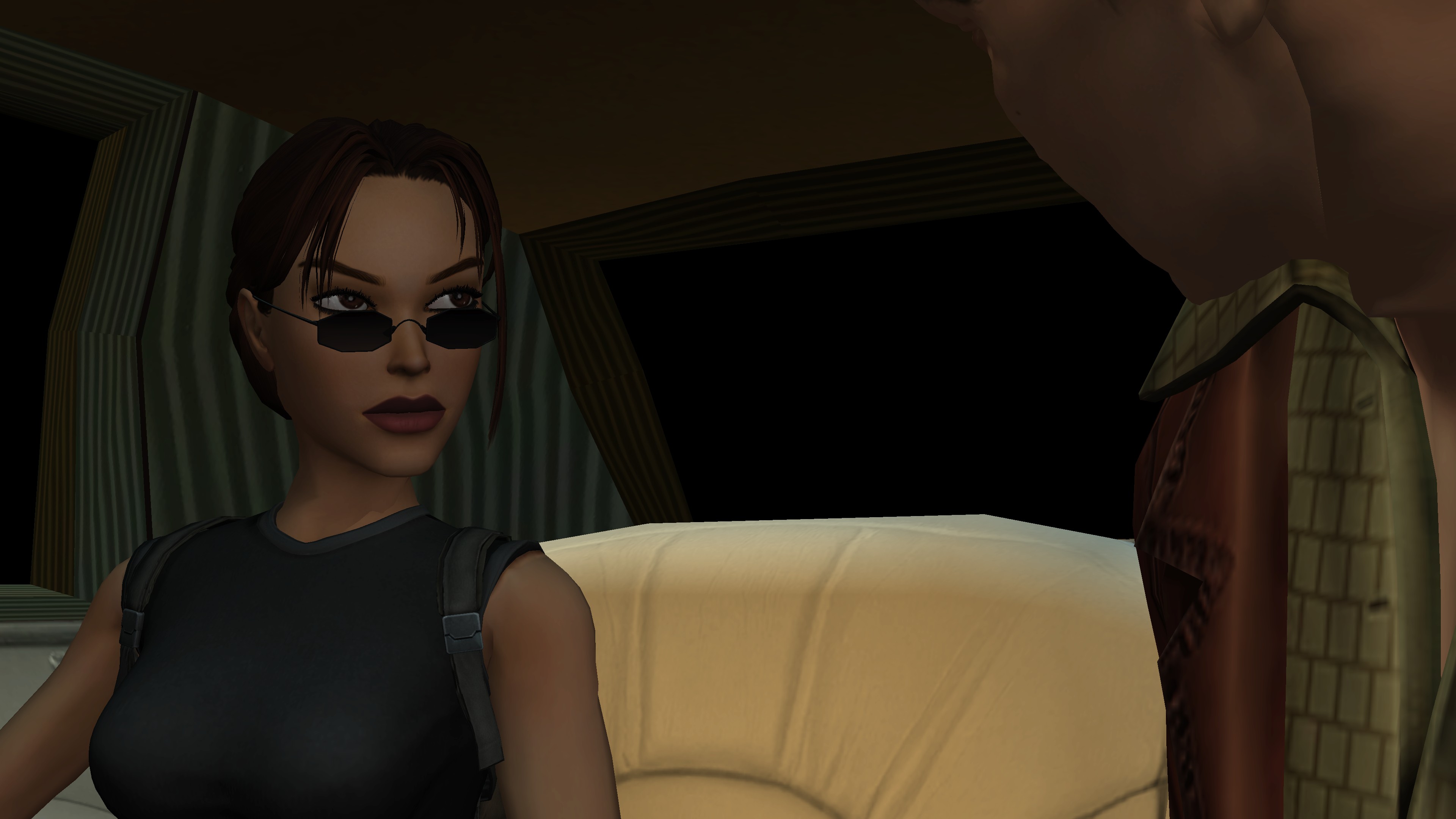
Some areas appear to be missing textures, even in remastered visuals. The cutscene where Lara and Bouchard are talking in a car has no visuals out the window. Or maybe the windows are supposed to be blacked out.
Just like all the other classic Tomb Raider remasters, there are a few new features added to AoD that enhance the replayability of the game. For example, you can now change Lara's outfit on the fly once you've unlocked them, and you can even enable her iconic sunglasses that she'll keep throughout the game. You can also enable boss battle health bars now, which are truly helpful.
There's also the theater mode, which lets you fly a camera around the level and take photos of Lara in different poses. Unfortunately, this version of the theater mode is unlike the version in Tomb Raider IV and V. In those games, you can set up keyframes and create cinematic video shots. That's missing for the AoD version for some reason.
Final thoughts
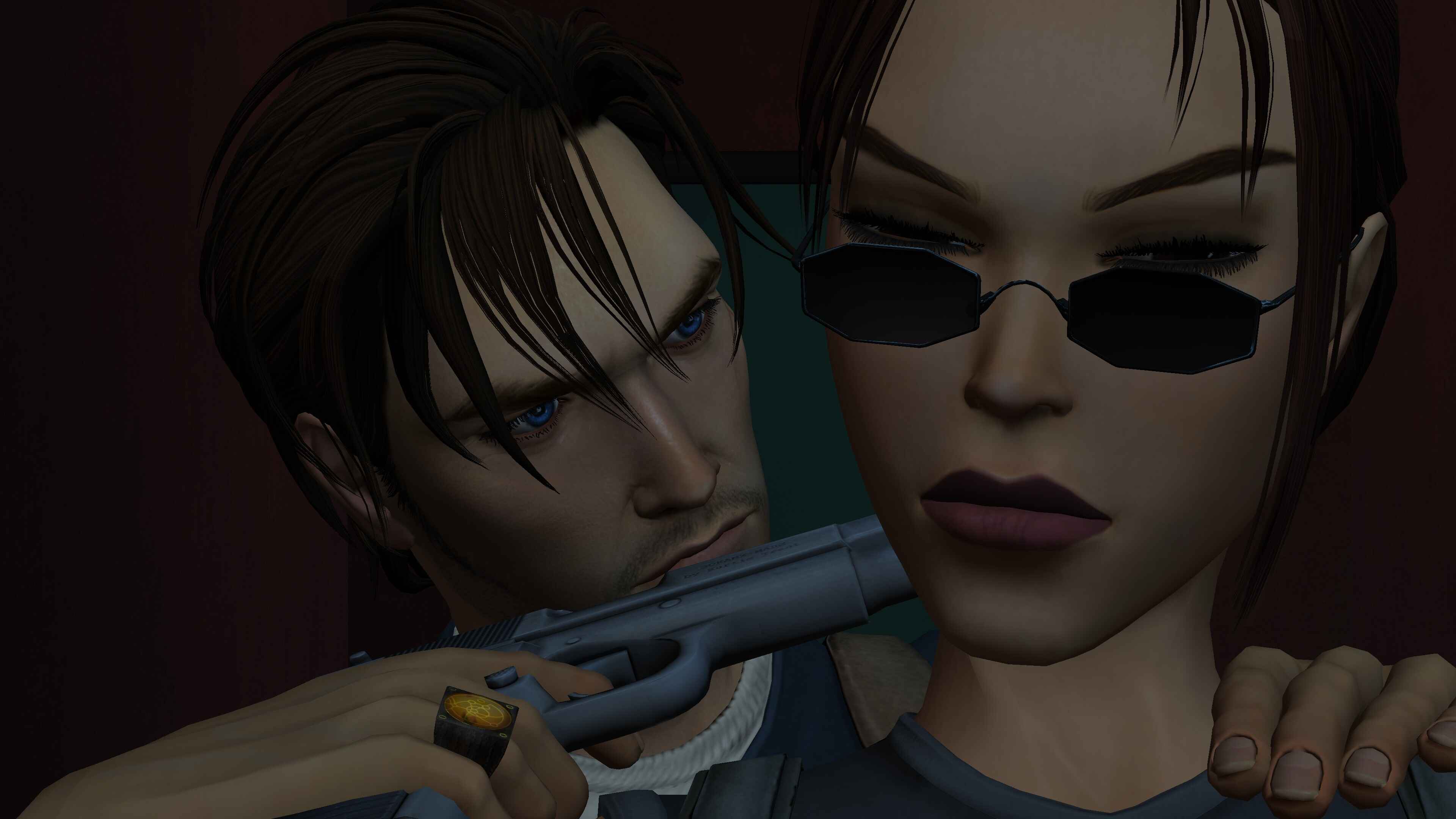
Tomb Raider AoD Remastered is the best attempt I’ve seen yet at fixing this game. However, it’s not perfect. Updated map and object textures are good, but there's room for improvement here. There are also still bugs that I'd like to see fixed with future updates. Overall, the game does an excellent job at restoring cut content where possible, and fixes issues like player movement and story continuity which really do enhance the quality of this classic Tomb Raider game.
Unfortunately, the remaster can't help the fact that this game is chronically unfinished. Aspyr has done its best to fix the game up for a modern audience, but there's only so much you can do when half the game is outright missing. I love Tomb Raider: Angel of Darkness, and I appreciate this remaster too. But sometimes you have to call a spade a spade, and that's not the remasters fault.
The remaster does lower the barrrier for entry for modern audiences, especially PC players. The original AoD on PC is terrible. It's difficult to set up, and doesn't even work a lot of the time. This remaster solves those problems and makes jumping into the game as simple as launching it and starting a new save.
If you're interested in the development hell that Angel of Darkness endured back in 2003, be sure to check out Steve of Warr's excellent retrospective. He breaks down the good and the bad of the original AoD in great detail.

You must confirm your public display name before commenting
Please logout and then login again, you will then be prompted to enter your display name.
